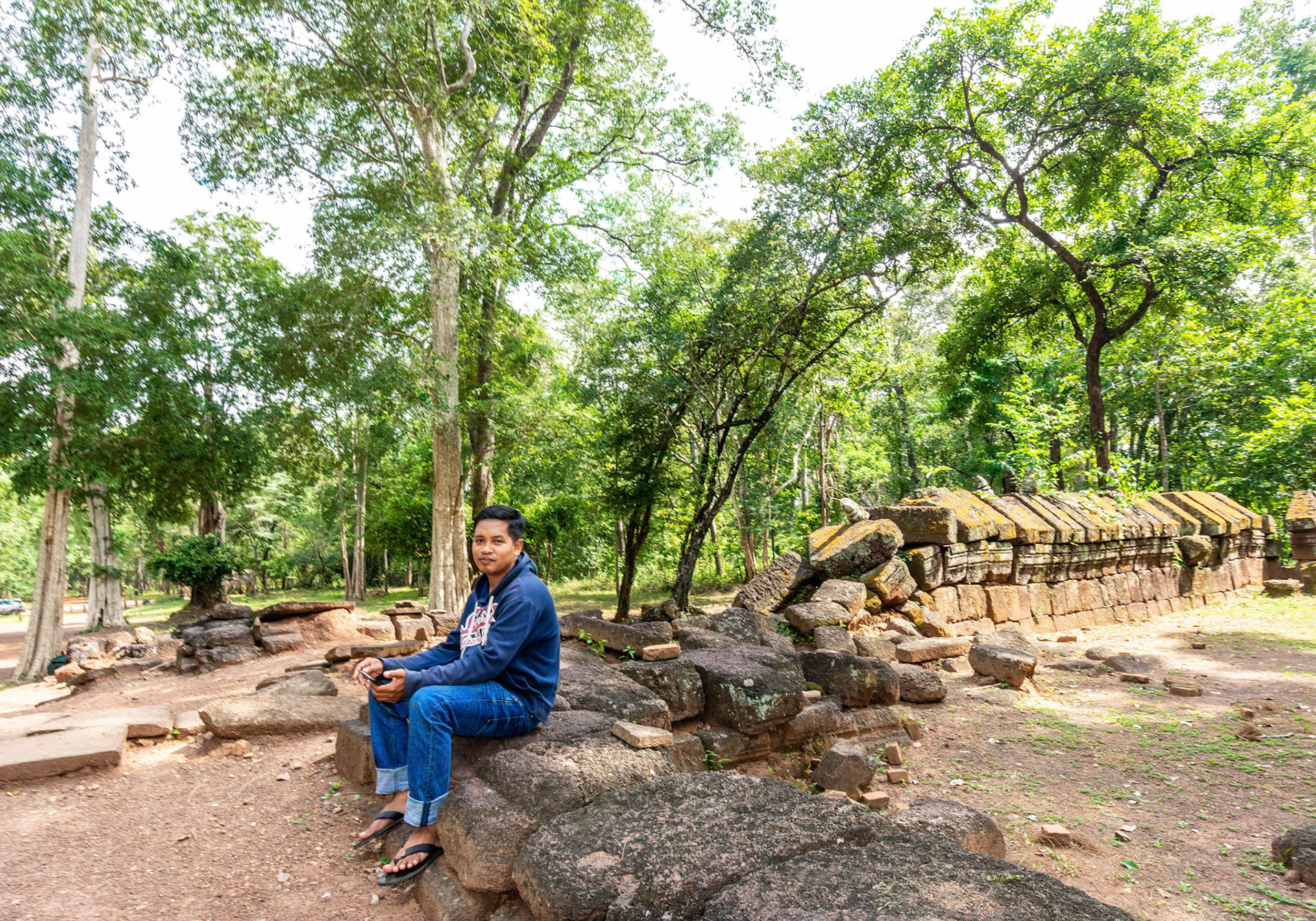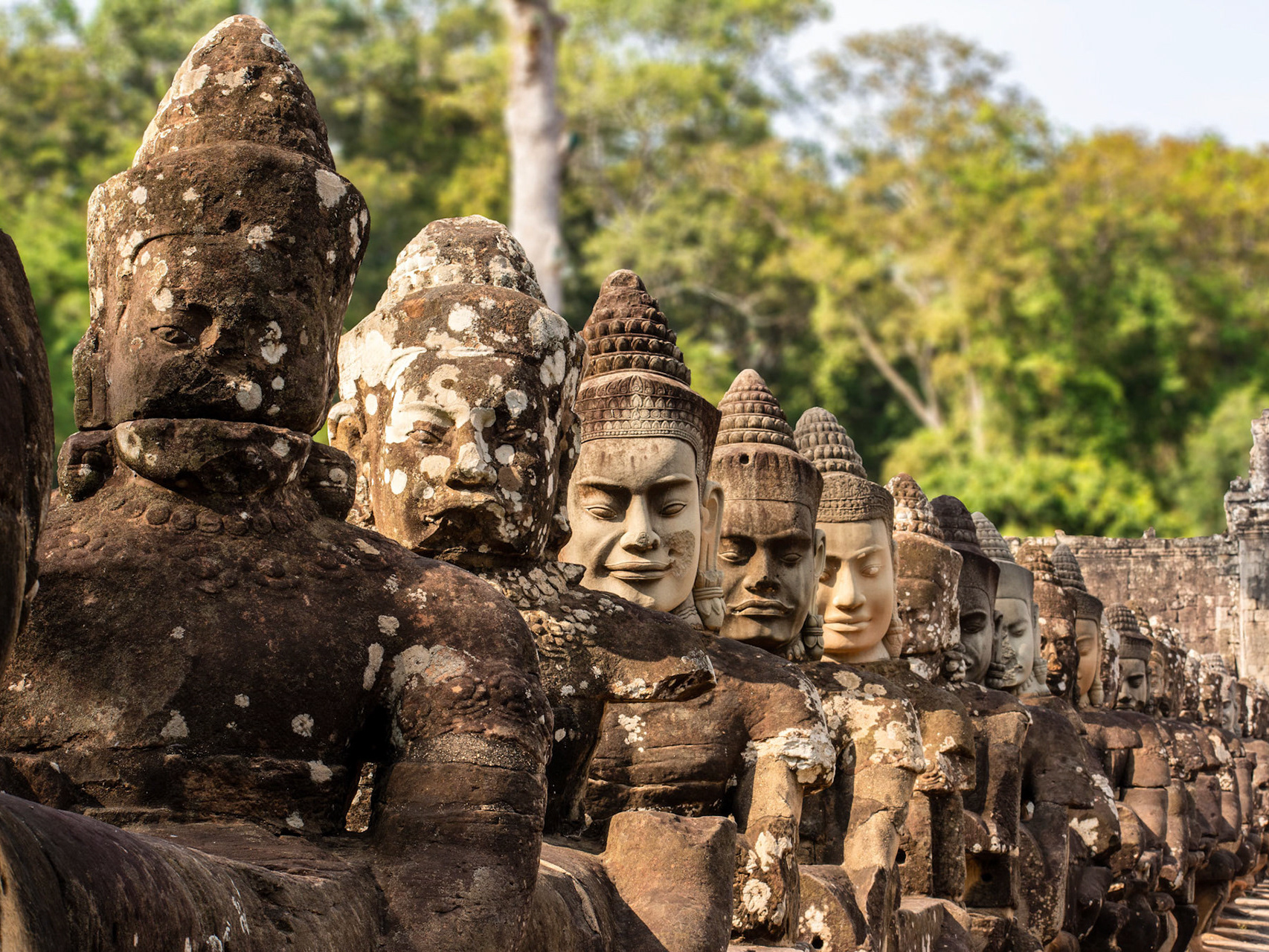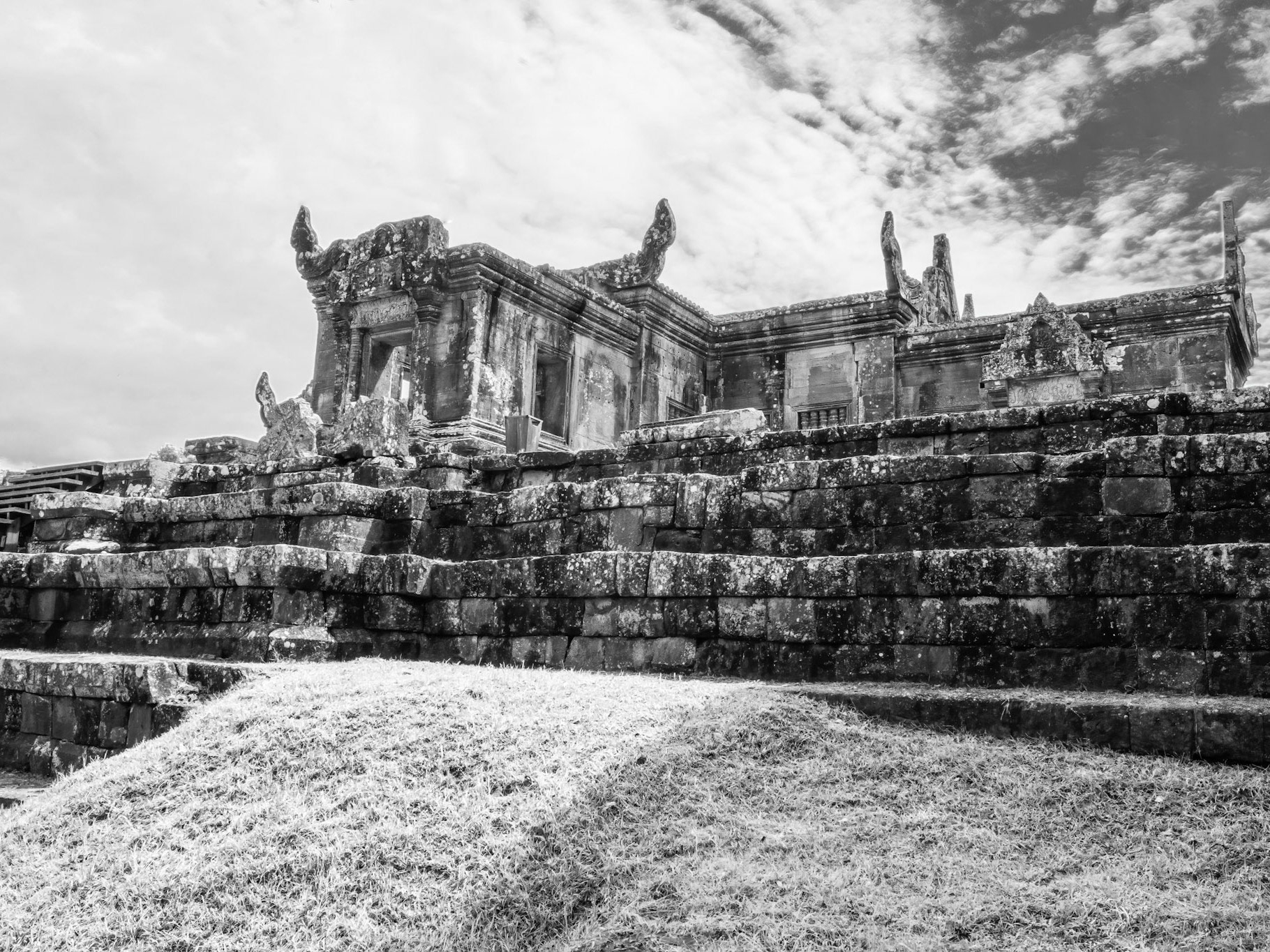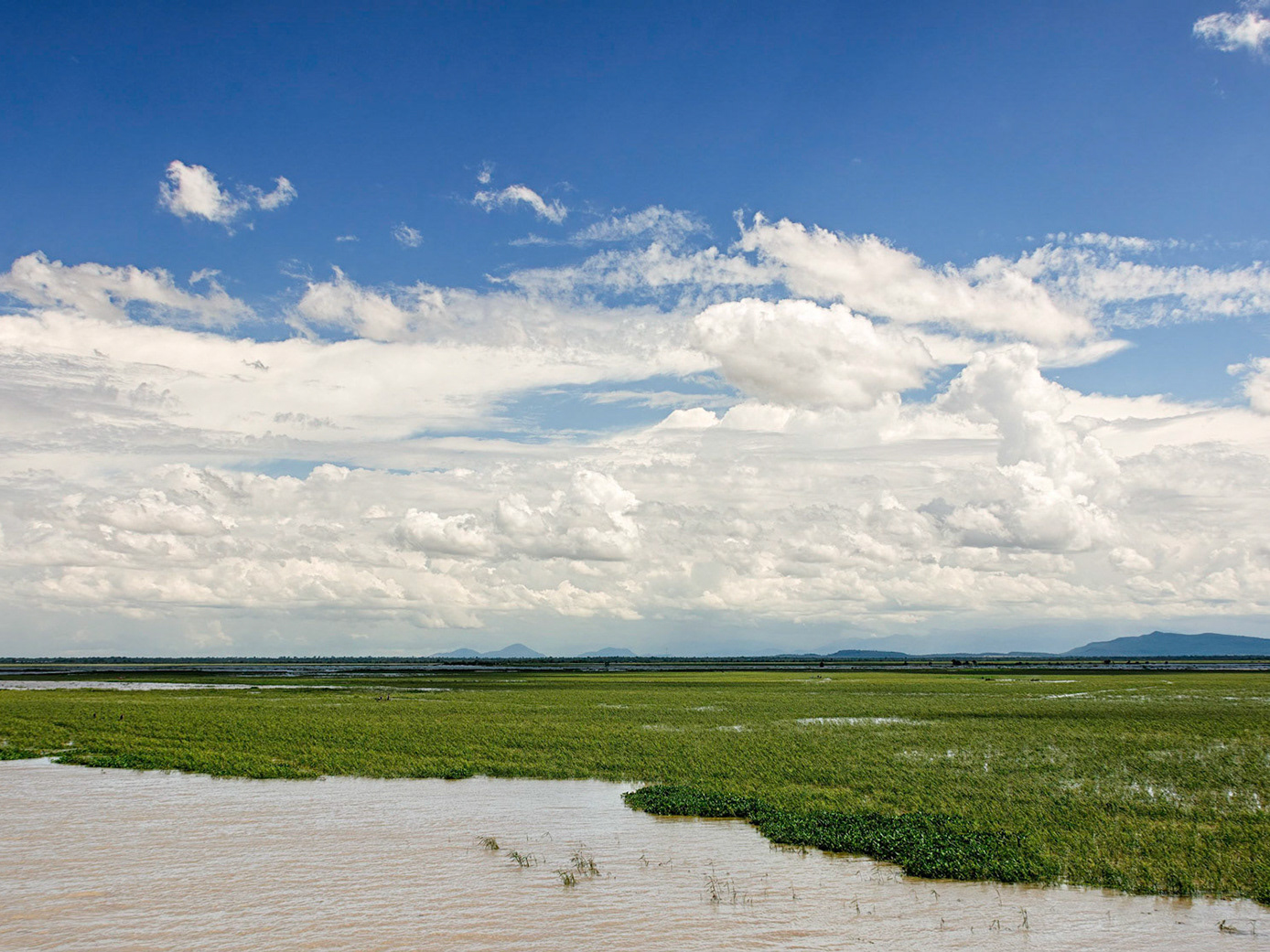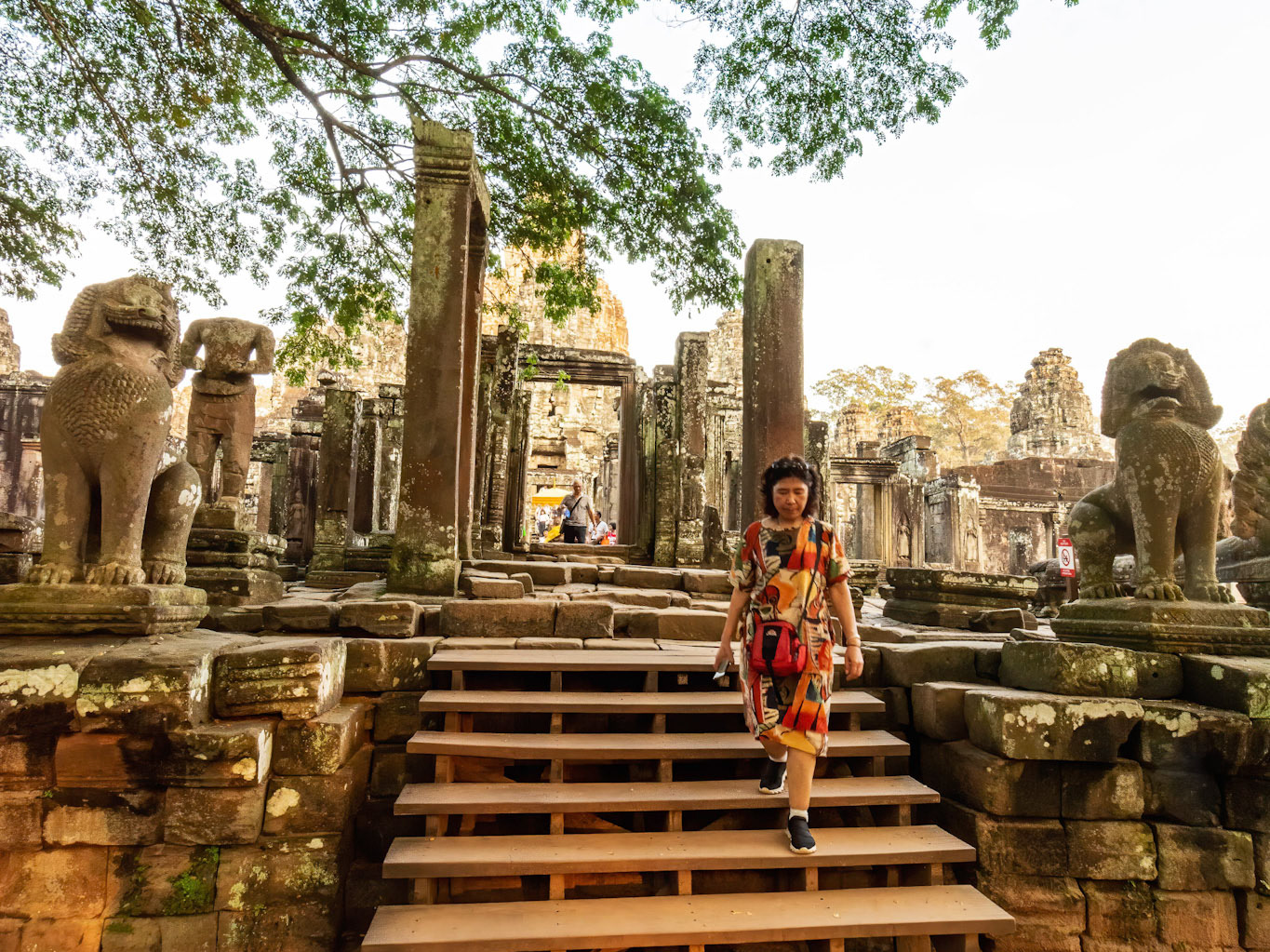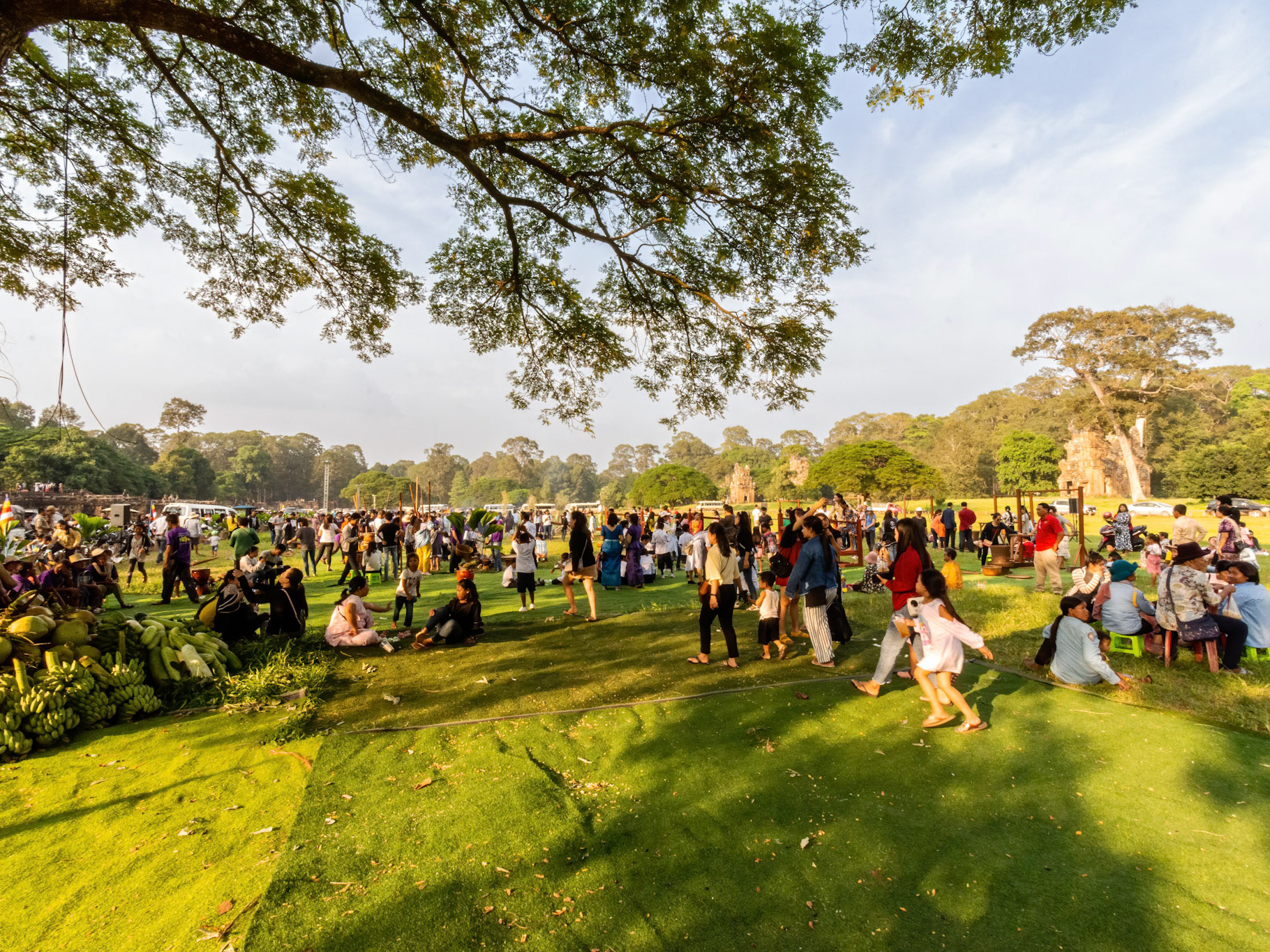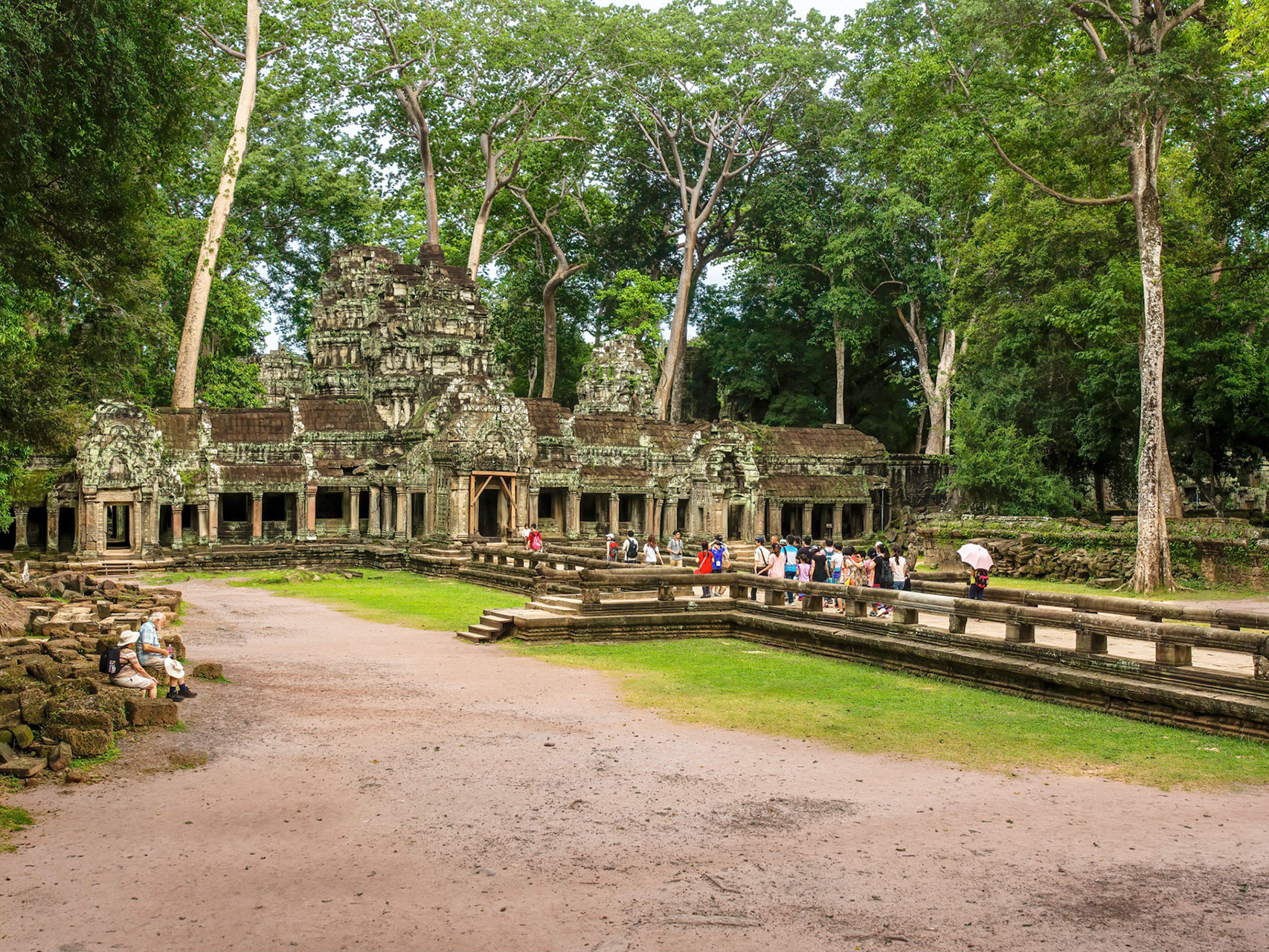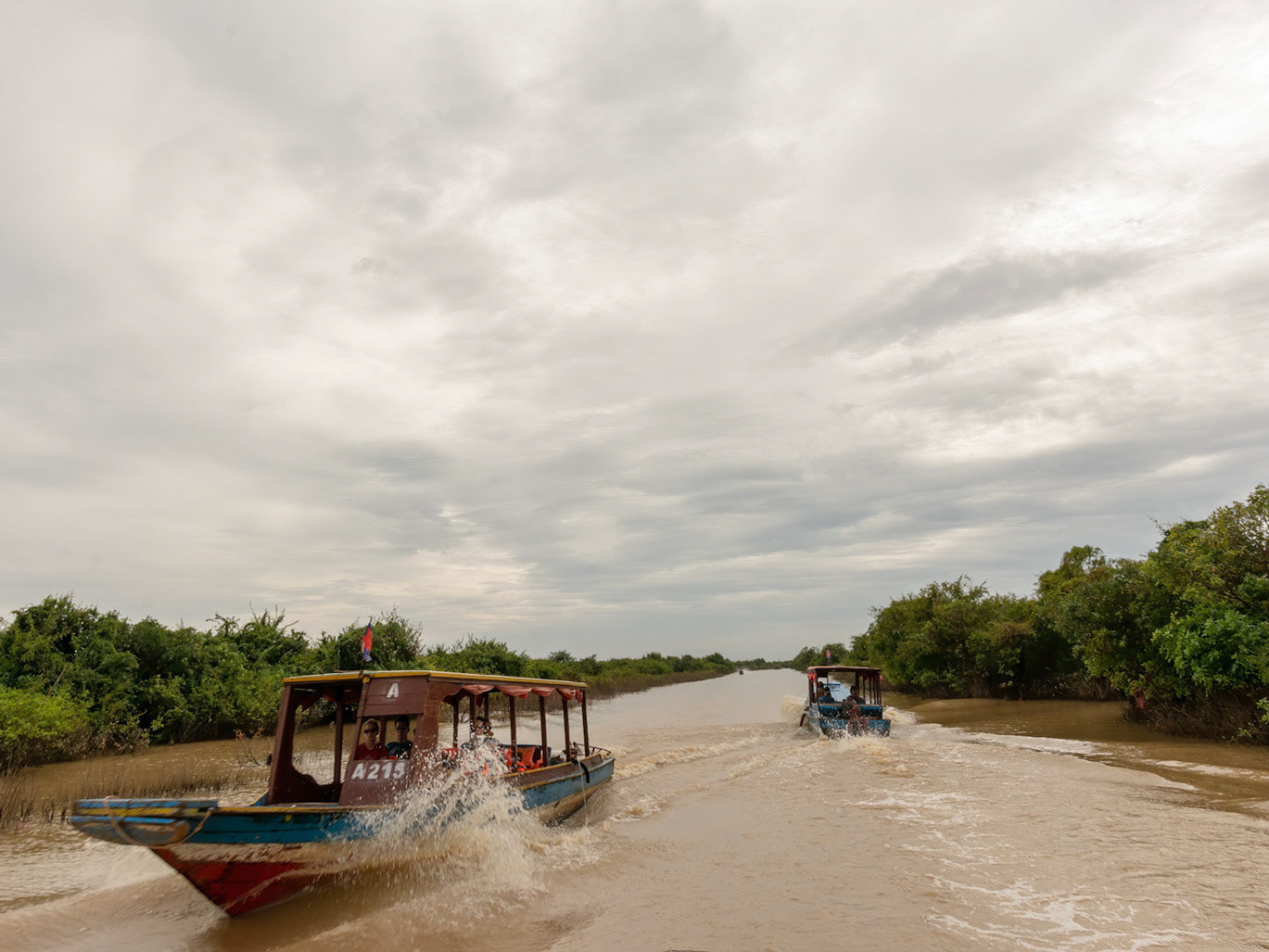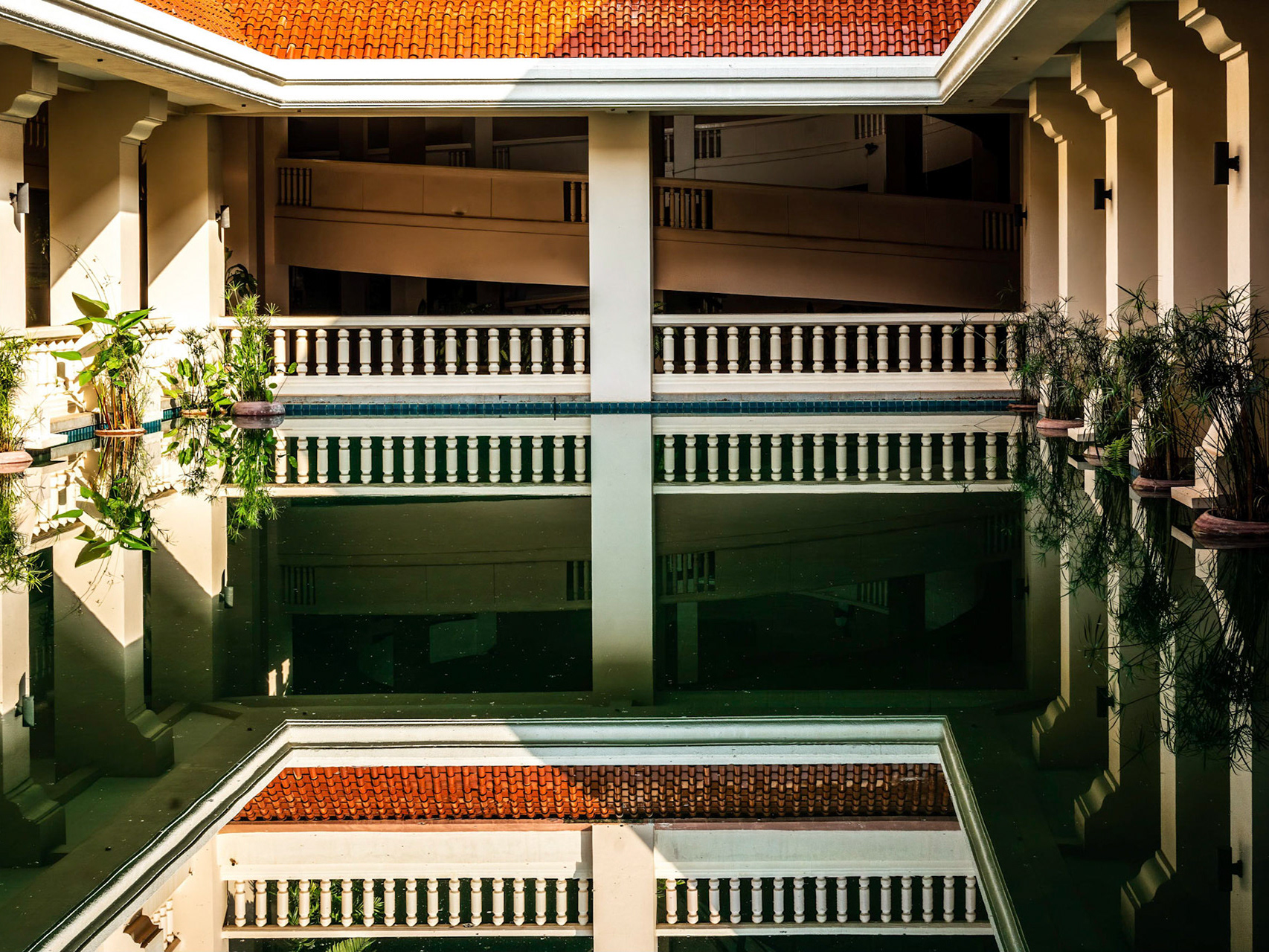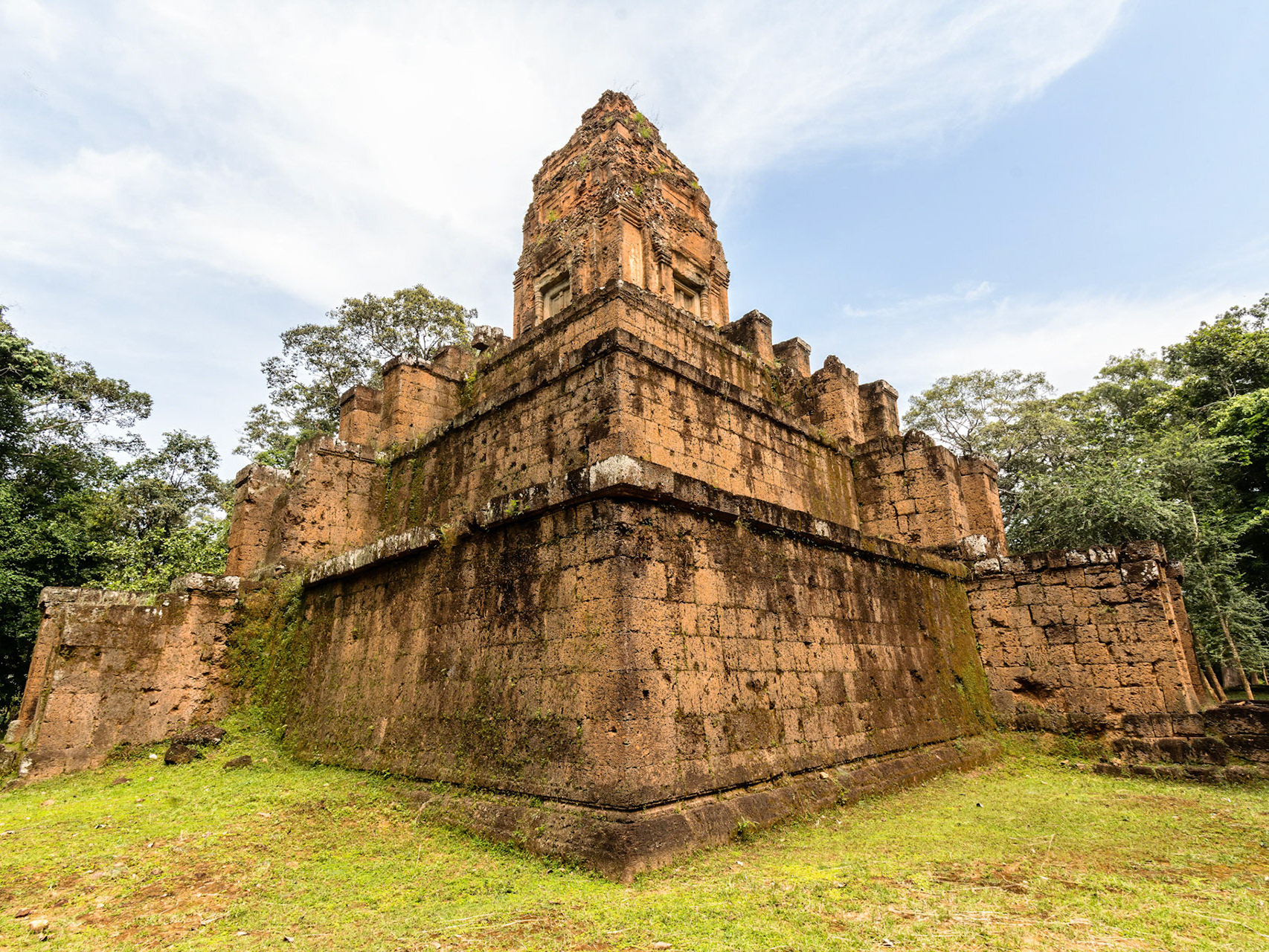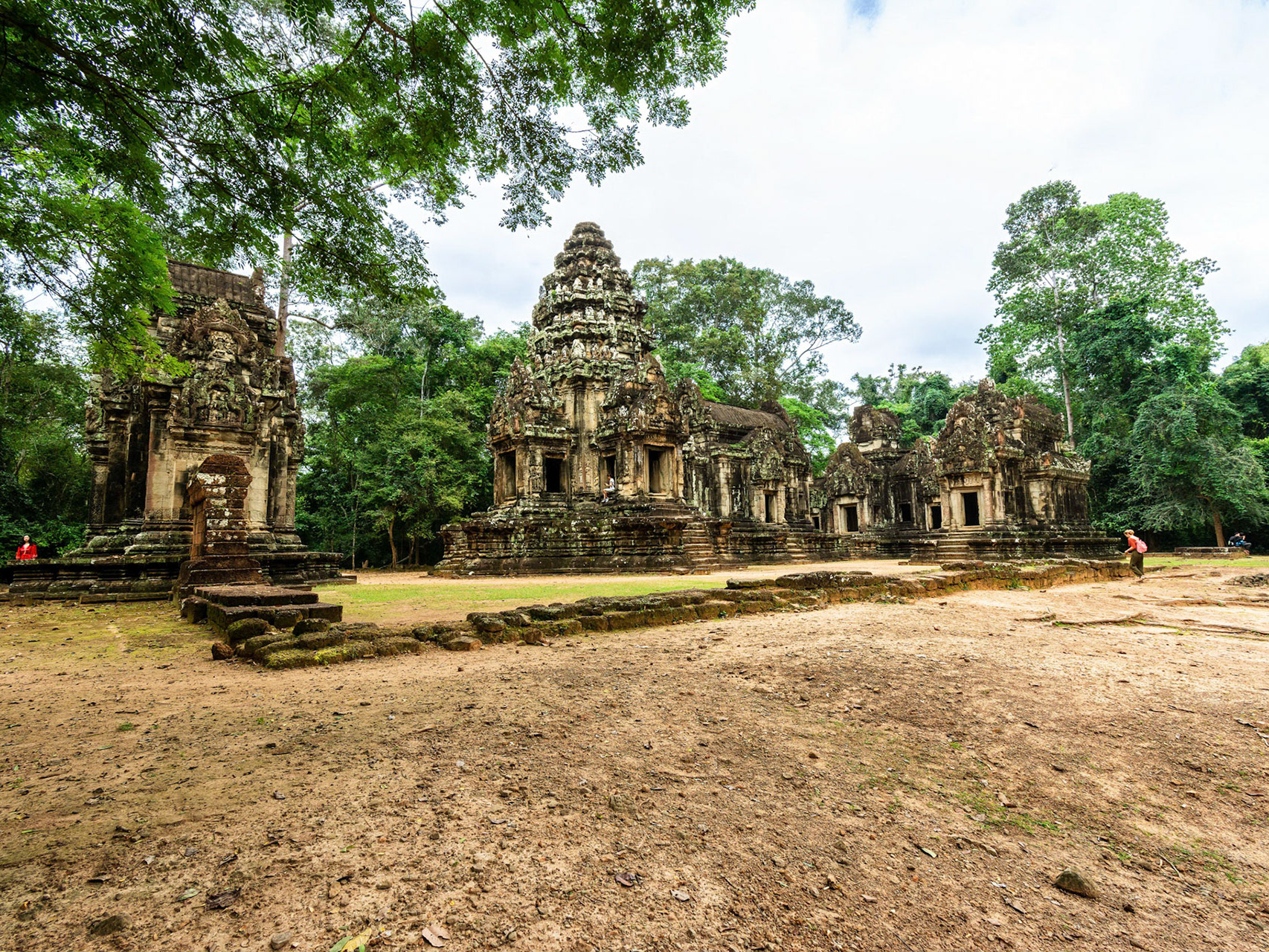A bit further afield to the Koh Ker complex, about 120 km north east and two hours away from Siem Reap, the most important buildings were all originally dedicated to Hindu deities and only some later converted to Buddhist use. It's ancient name was Lingapura (City of Linguas), which in the reigns of Jayavarman IV and Harshavarman II (928–944CE) was the Angkorean capital. It’s likely that Jayavarman IV was a local king who married Yasovarman I’s (889 – 900) half-sister and succeeded to the throne because neither of the two successor sons had children.
The most significant temple is the seven stepped pyramidal Prasat Thom - ប្រាសាទ កោះកេរ (see Oriental Architecture), built in 921 CE- mainly from sandstone, which rises 36 metres from ground level. Originally the structure was crowned by a, now long gone, four metre high lingua. Unusually the exact date and time of its consecration was recorded as 08:47 on Wednesday 12 December 921, presumably timed to coincide with a significant celestial event; it was also the same date and time that Prasat Karavan in Angkor was consecrated.
After spending a while at Prasat Thom we returned 4 km down the road to the well preserved but unfinished and scantily documented five tower Prasat Pram (see Oriental Architecture). It’s estimated that there are over 180 structures in the 81 square kilometre Koh Ker protected area but only several dozen are accessible, because most are hidden in the forest and the area is still not yet fully de-mined.
From Prasat Pram it was back down the road to Som Ros Neary Restaurant, opposite the entrance to Prasat Beng Mealea - ប្រាសាទបេងមាលា, which was highly recommended by Davit (Davit Angkor Taxi), our driver, who over the years I’ve learnt to trust on matters of food on the road.
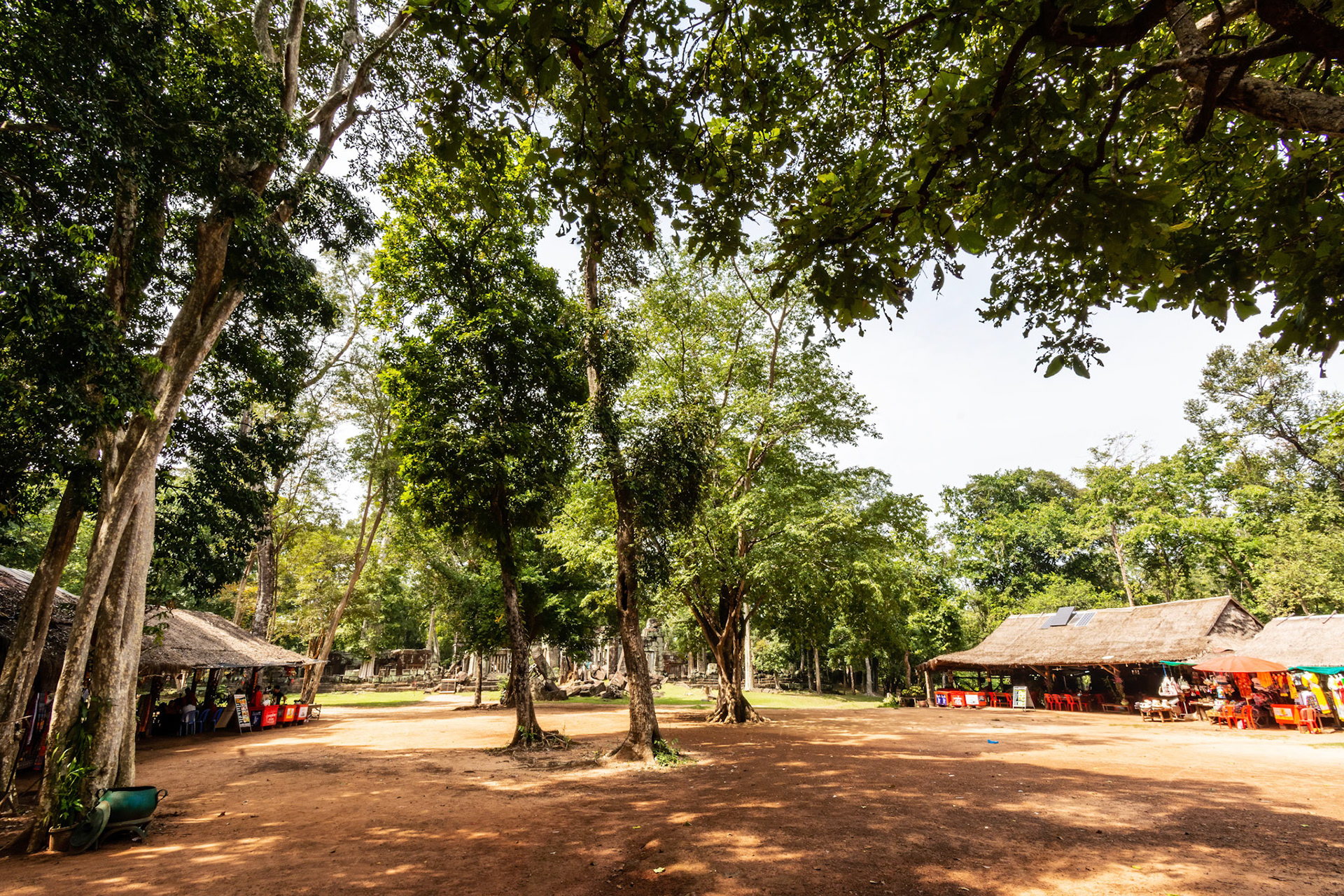
Thom Temple - ប្រាសាទ កោះកេរ
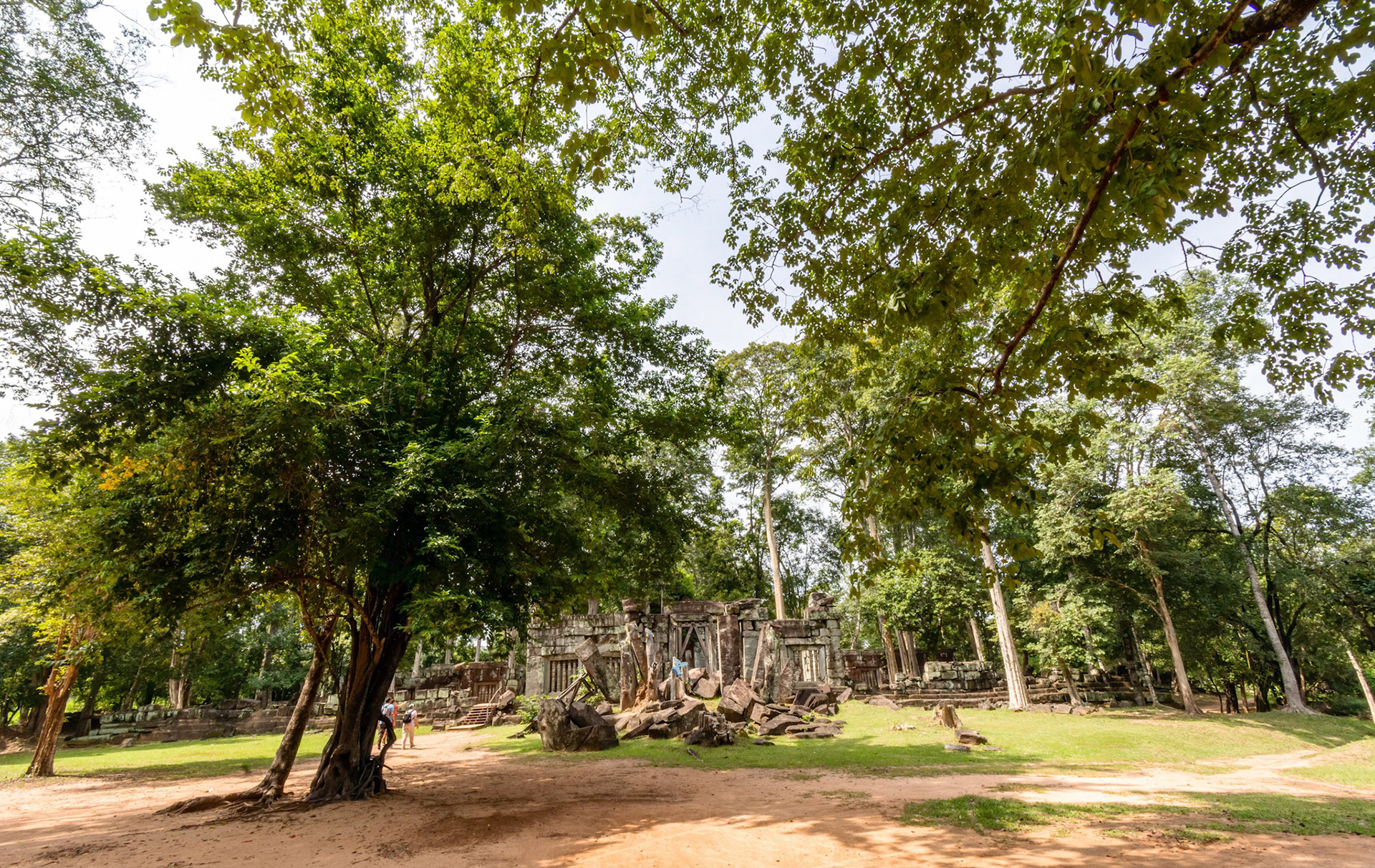
Thom Temple - ប្រាសាទ កោះកេរ

Thom Temple - ប្រាសាទ កោះកេរ
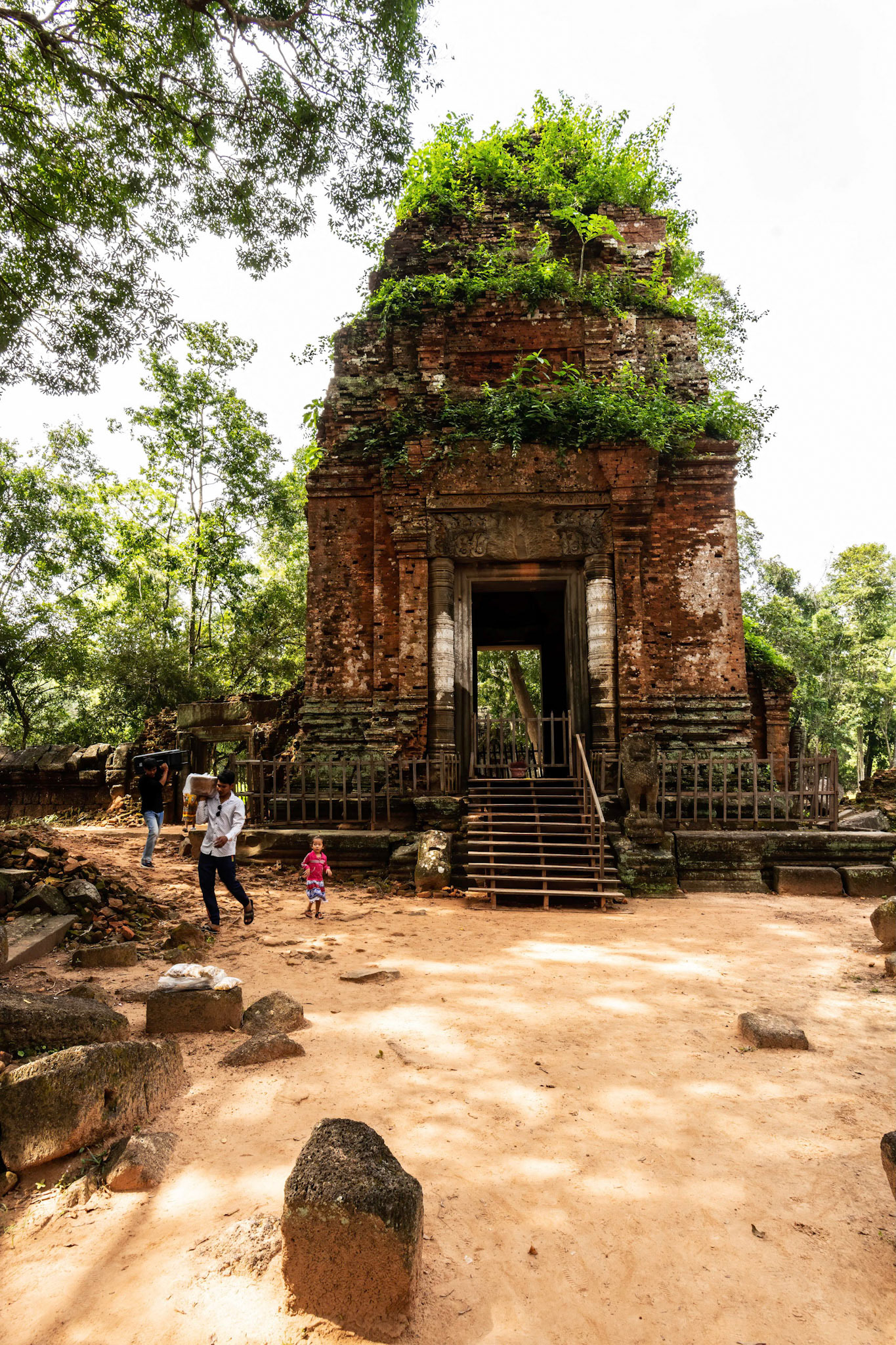
Thom Temple - ប្រាសាទ កោះកេរ
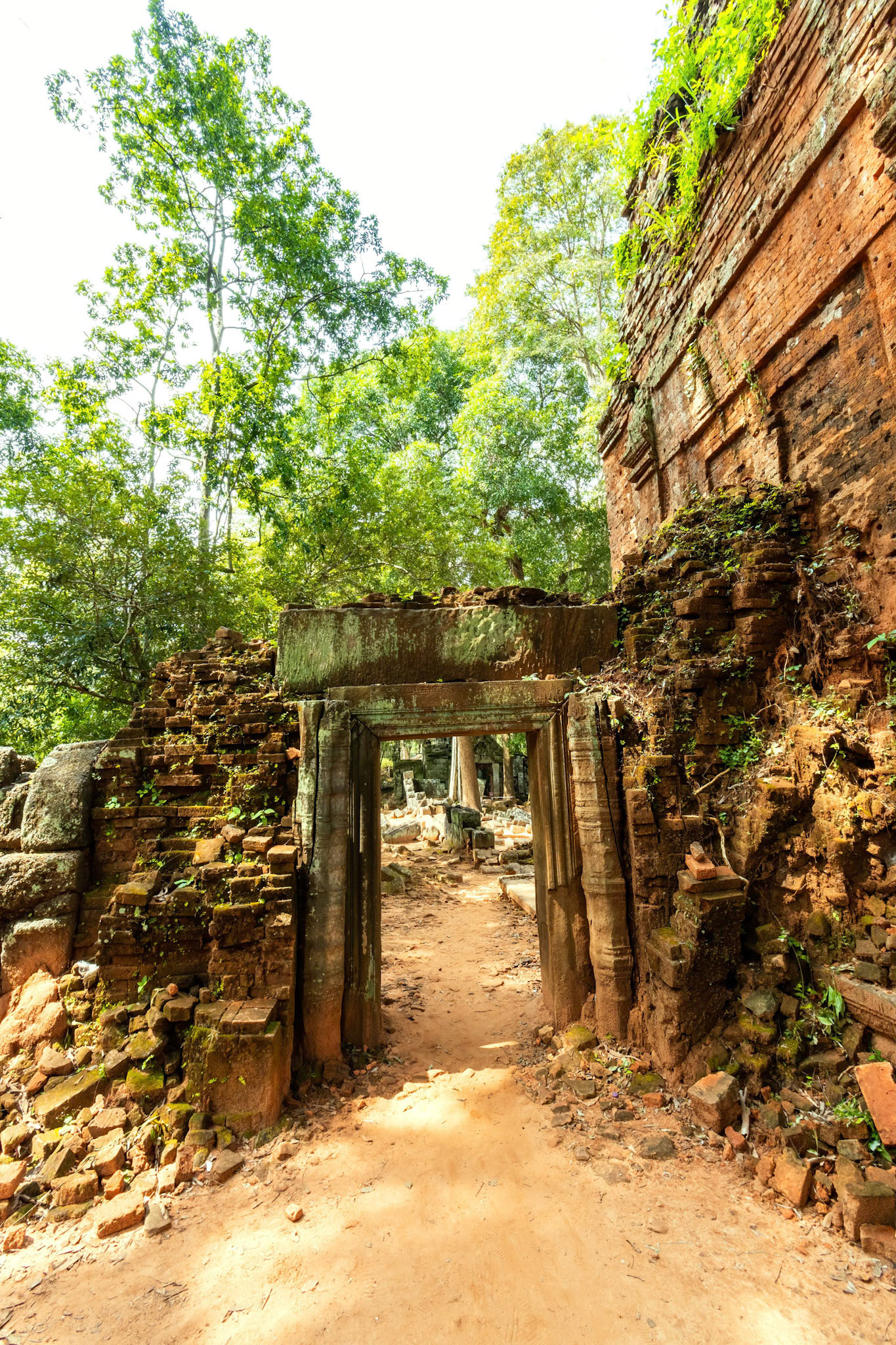
Thom Temple - ប្រាសាទ កោះកេរ

Thom Temple - ប្រាសាទ កោះកេរ
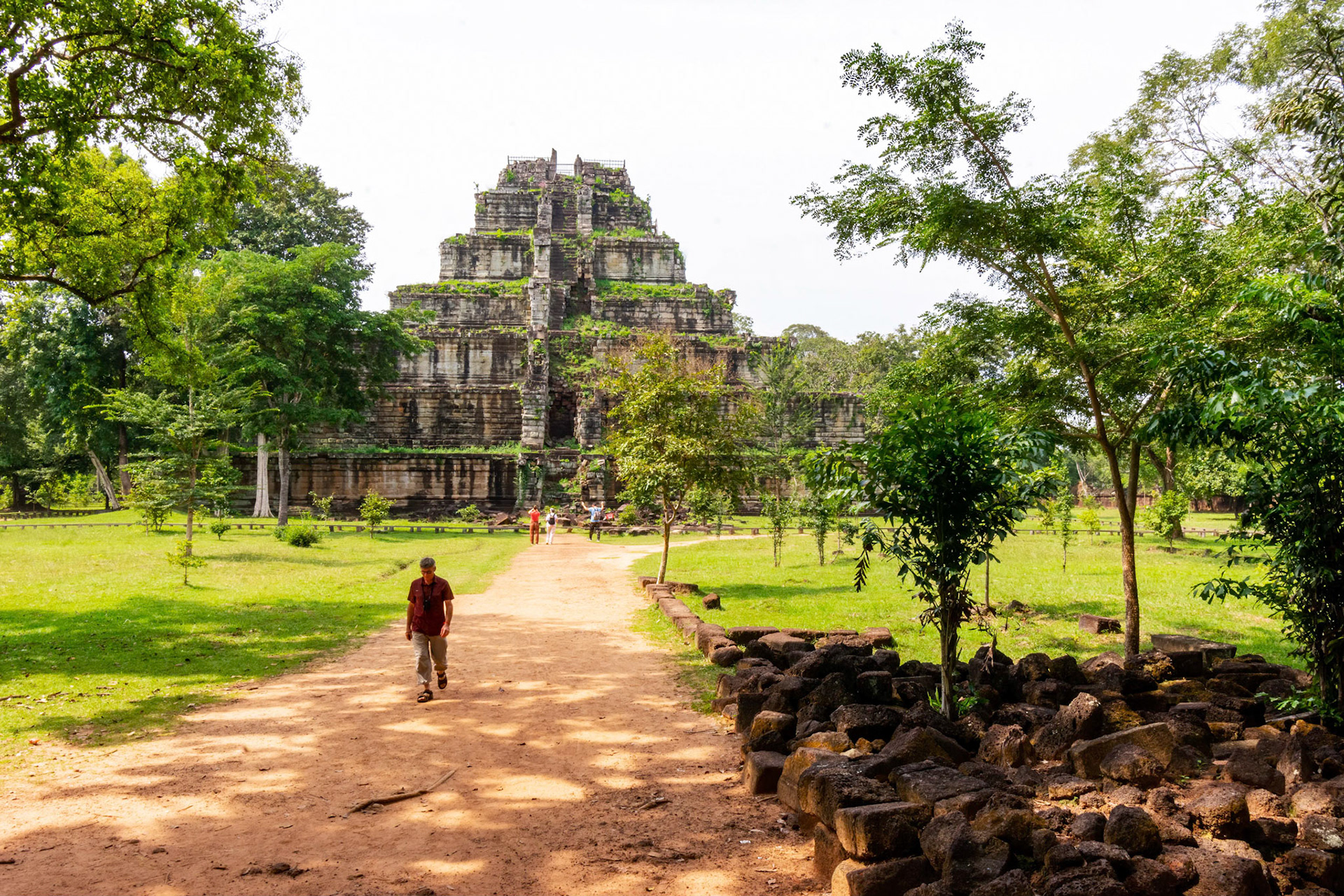
Thom Temple - ប្រាសាទ កោះកេរ
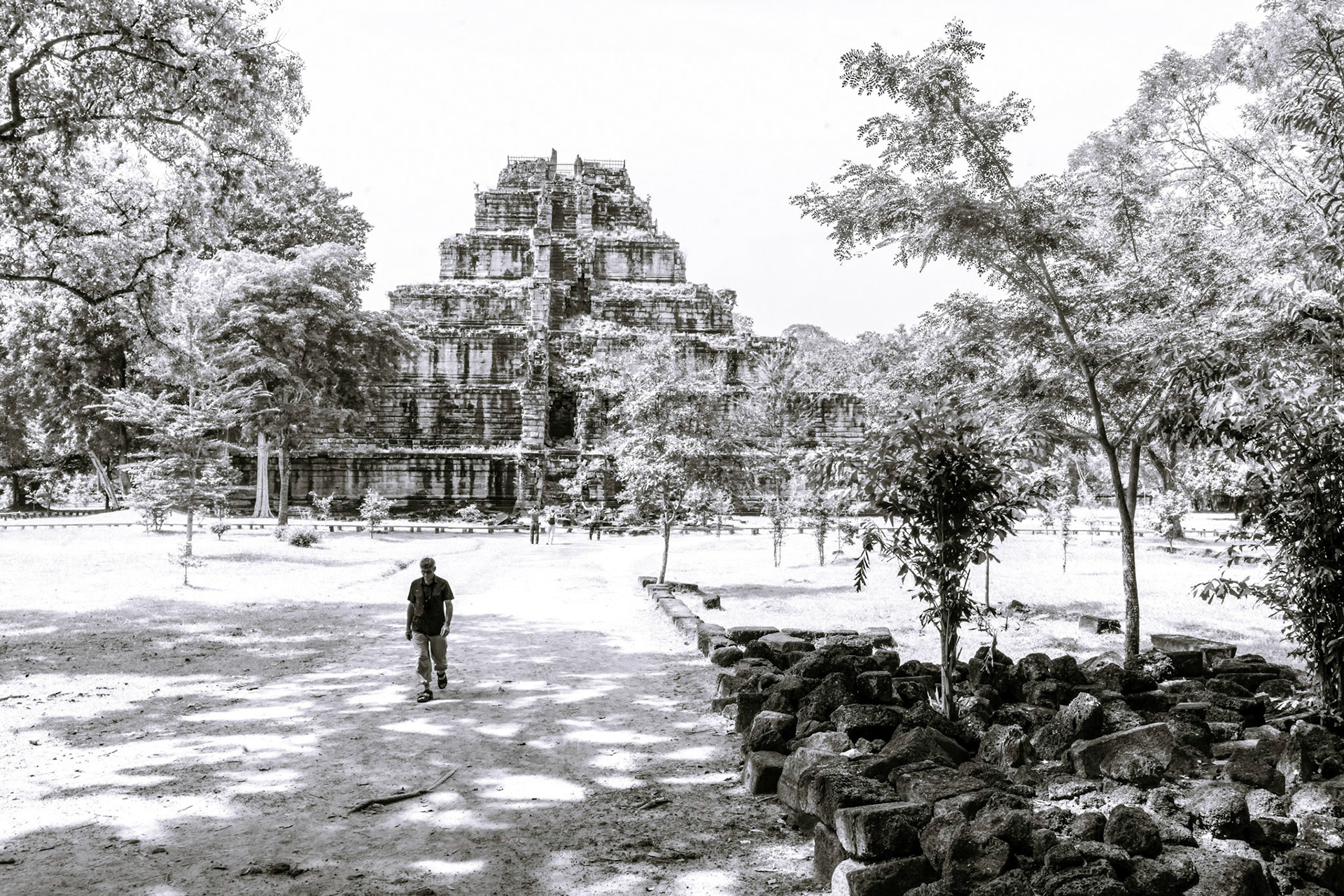
Thom Temple - ប្រាសាទ កោះកេរ
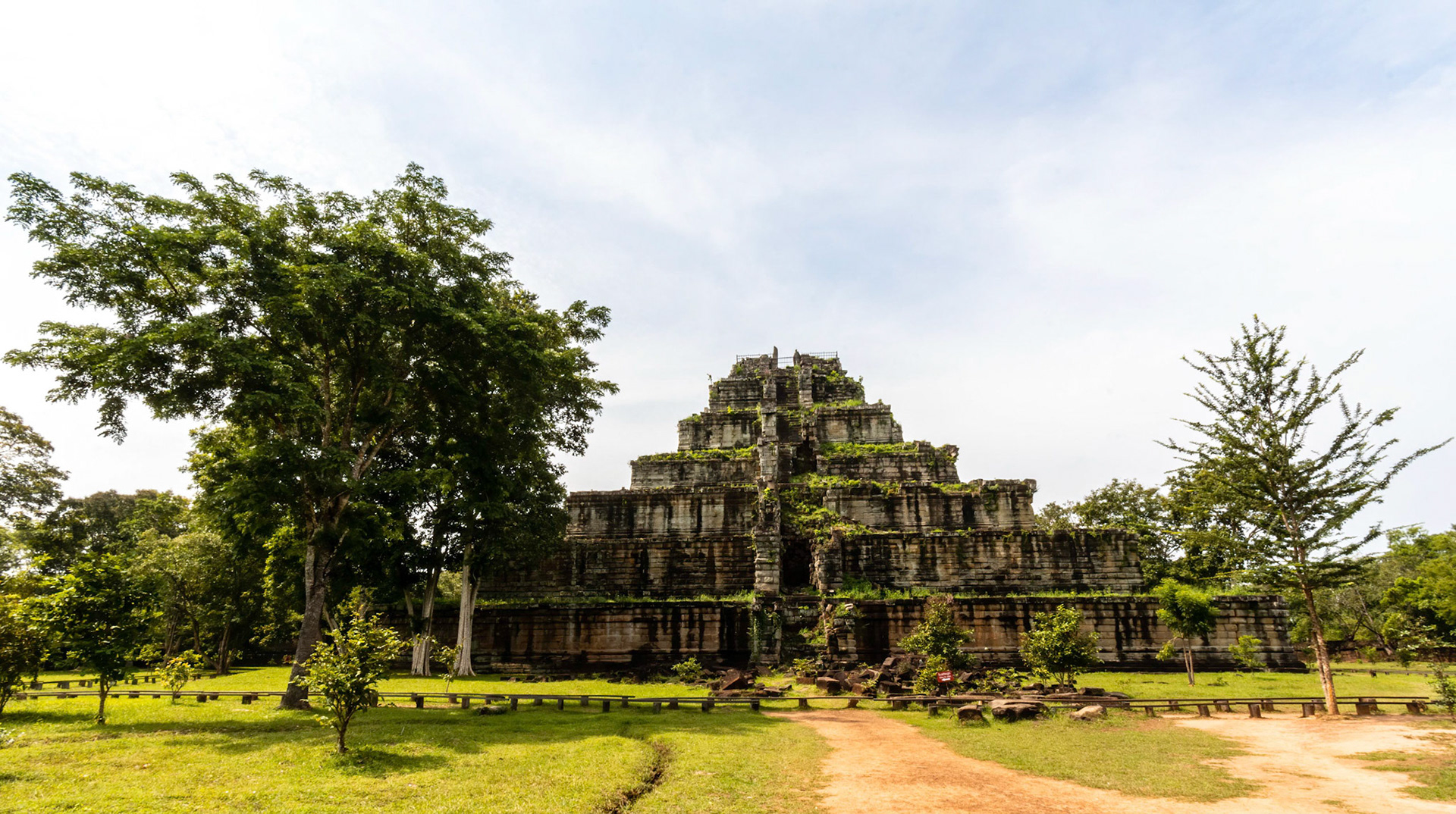
Thom Temple - ប្រាសាទ កោះកេរ
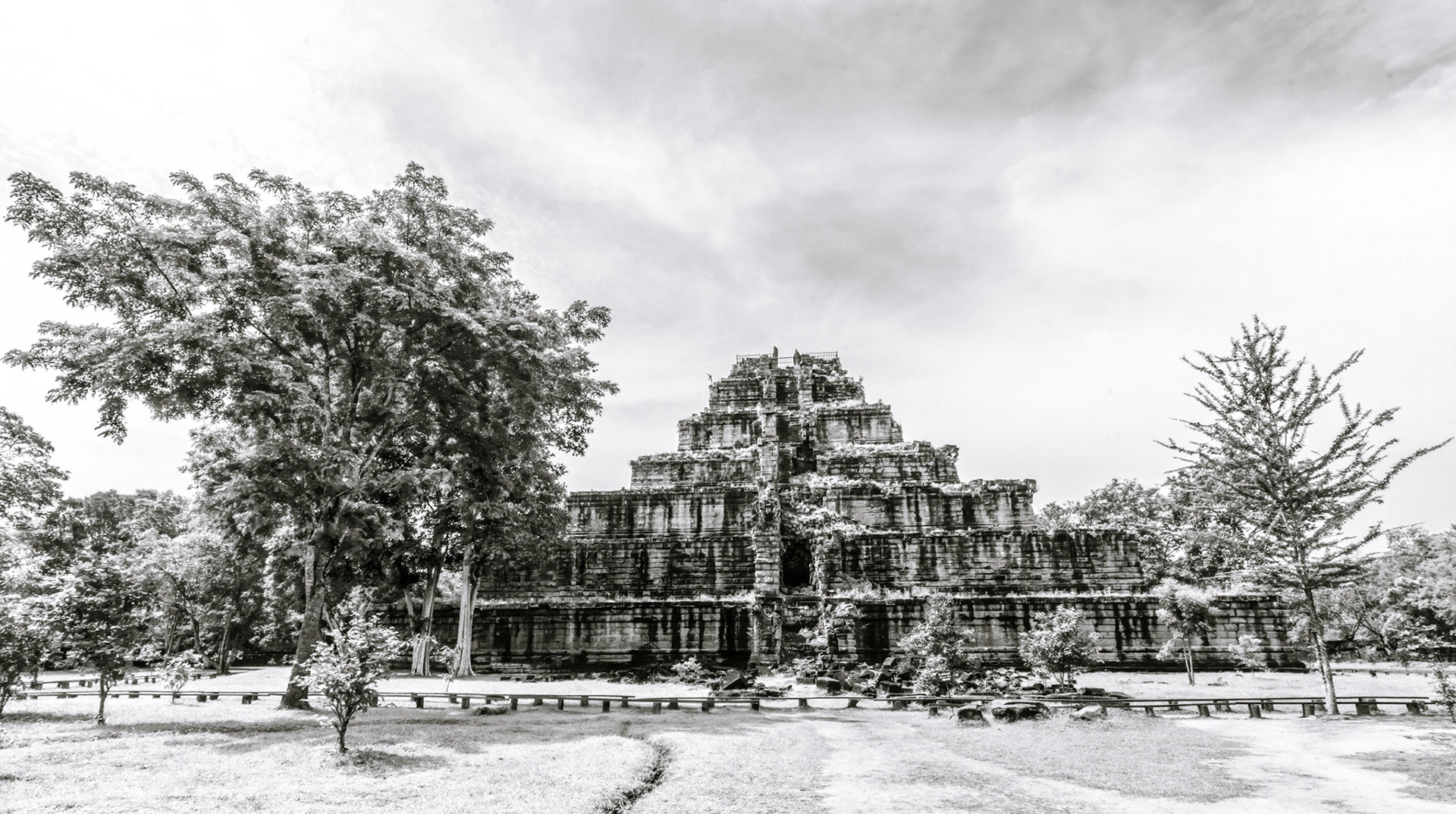
Thom Temple - ប្រាសាទ កោះកេរ
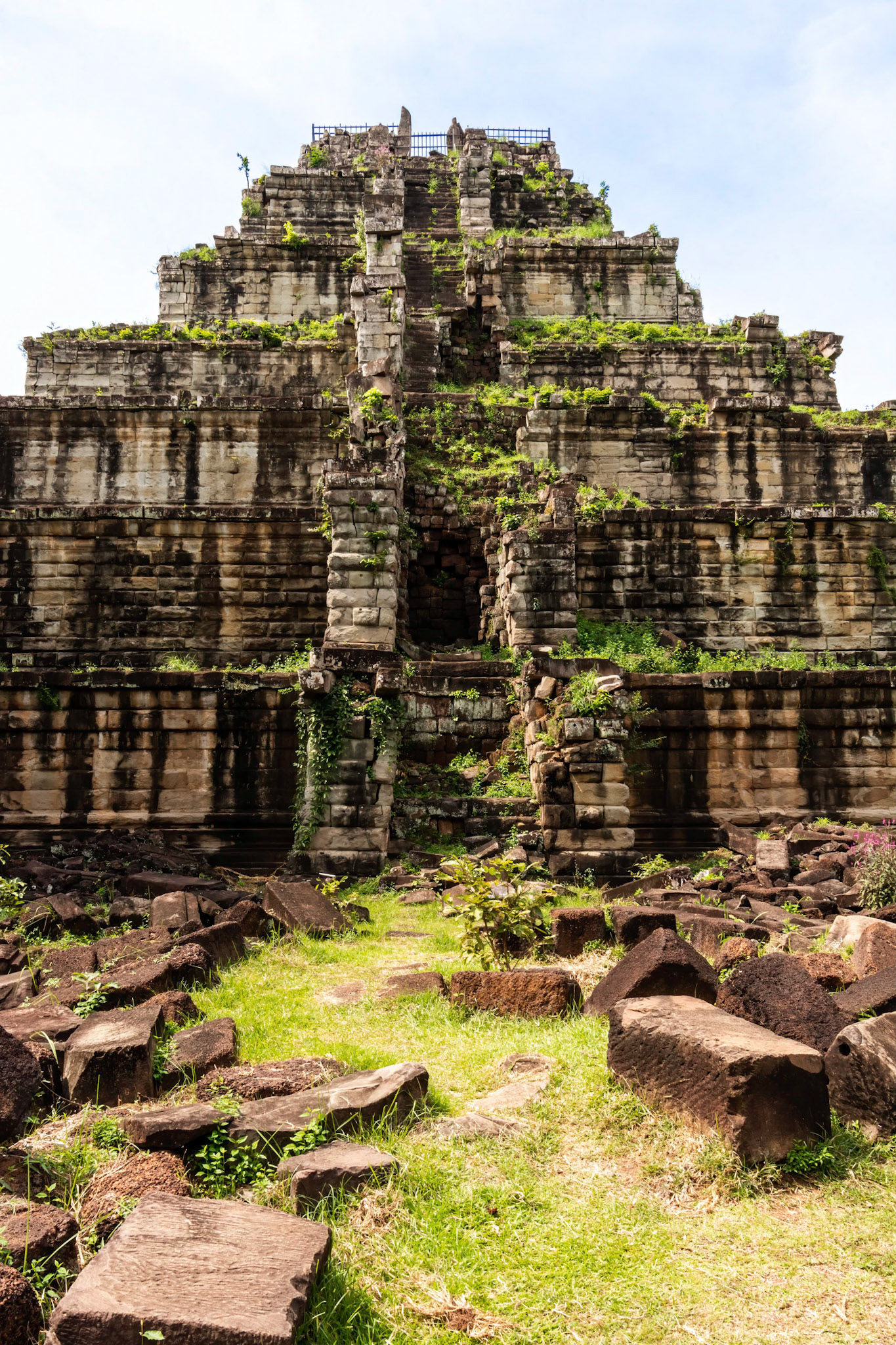
Thom Temple - ប្រាសាទ កោះកេរ
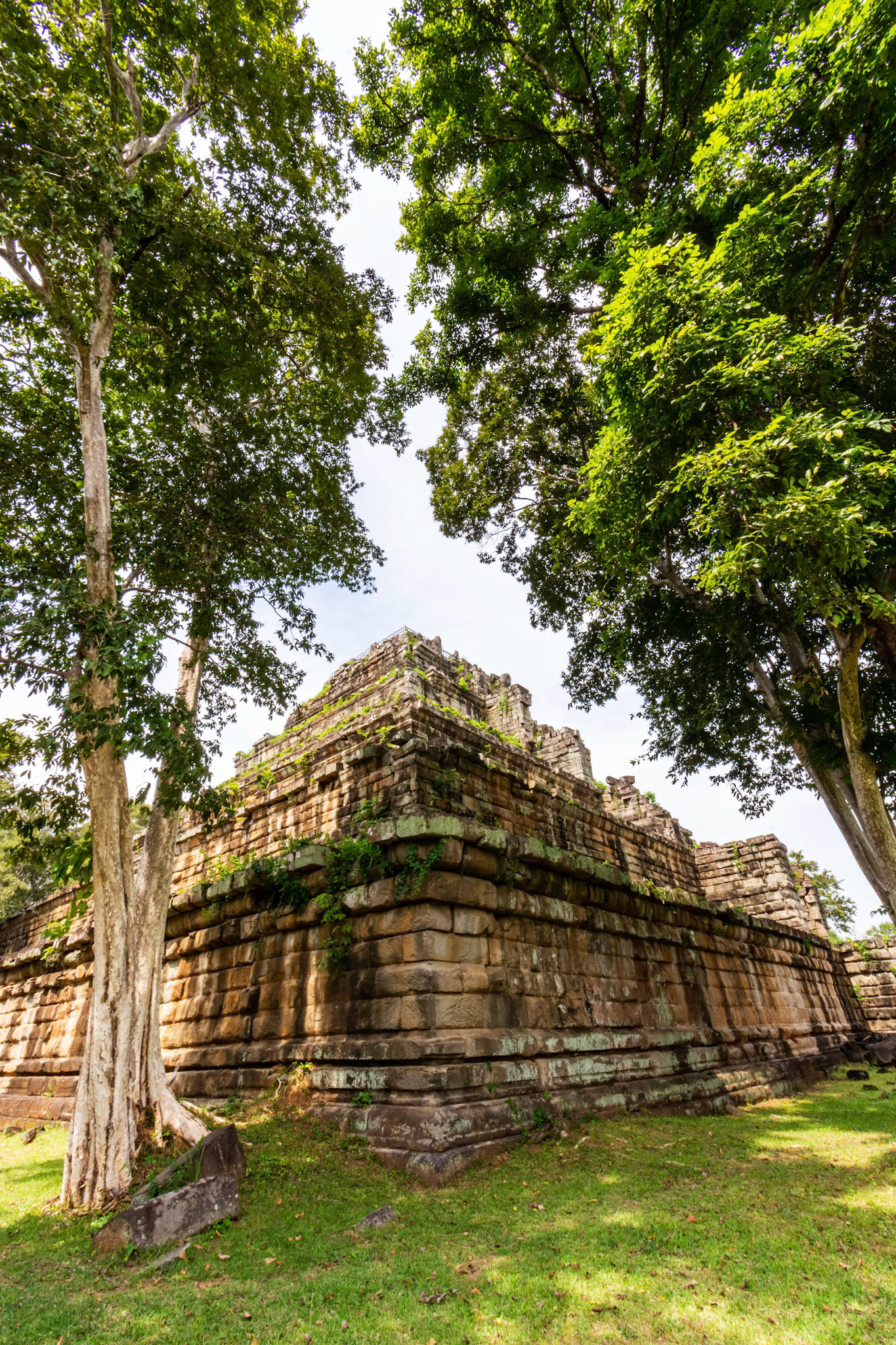
Thom Temple - ប្រាសាទ កោះកេរ
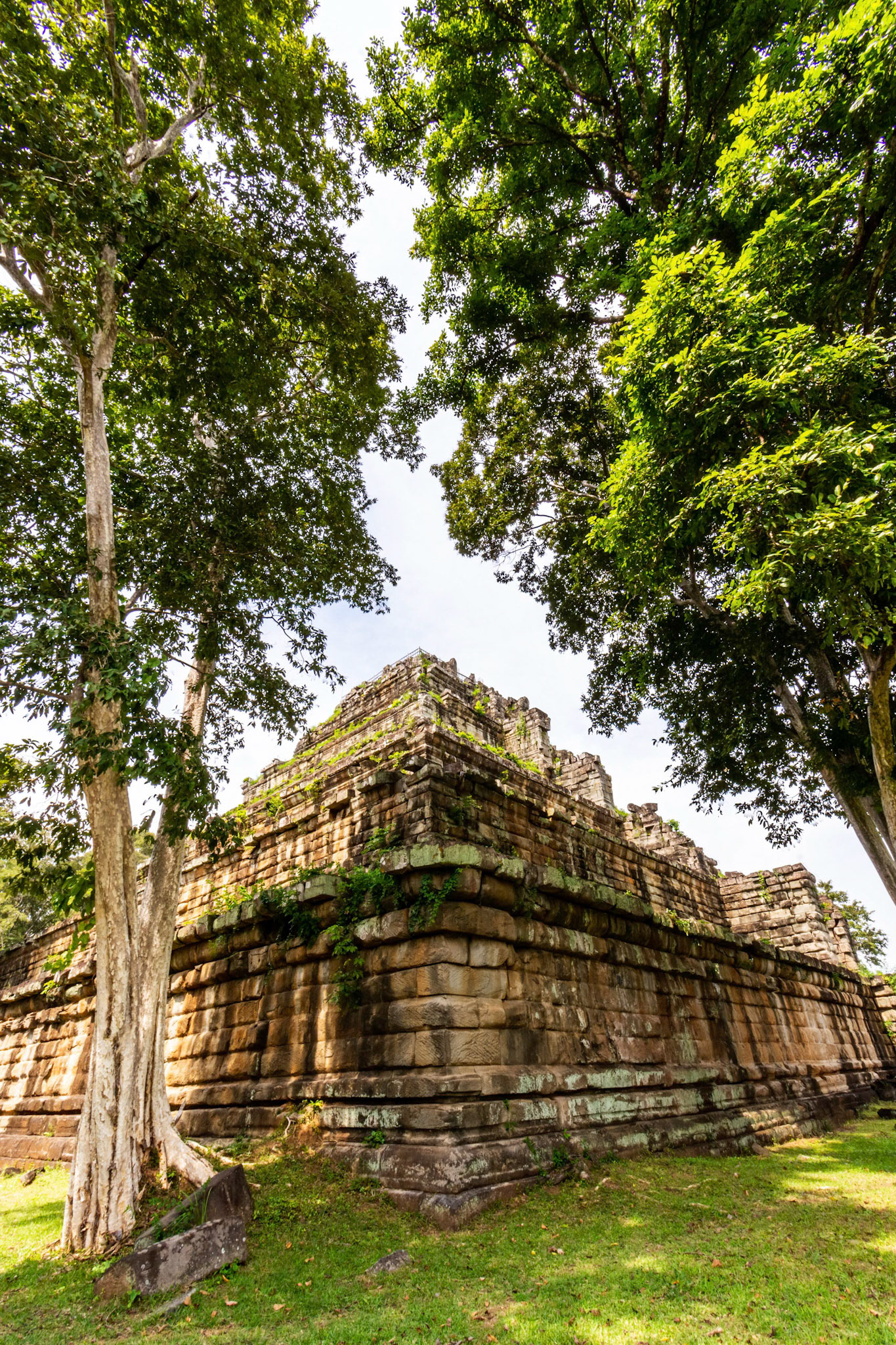
Thom Temple - ប្រាសាទ កោះកេរ
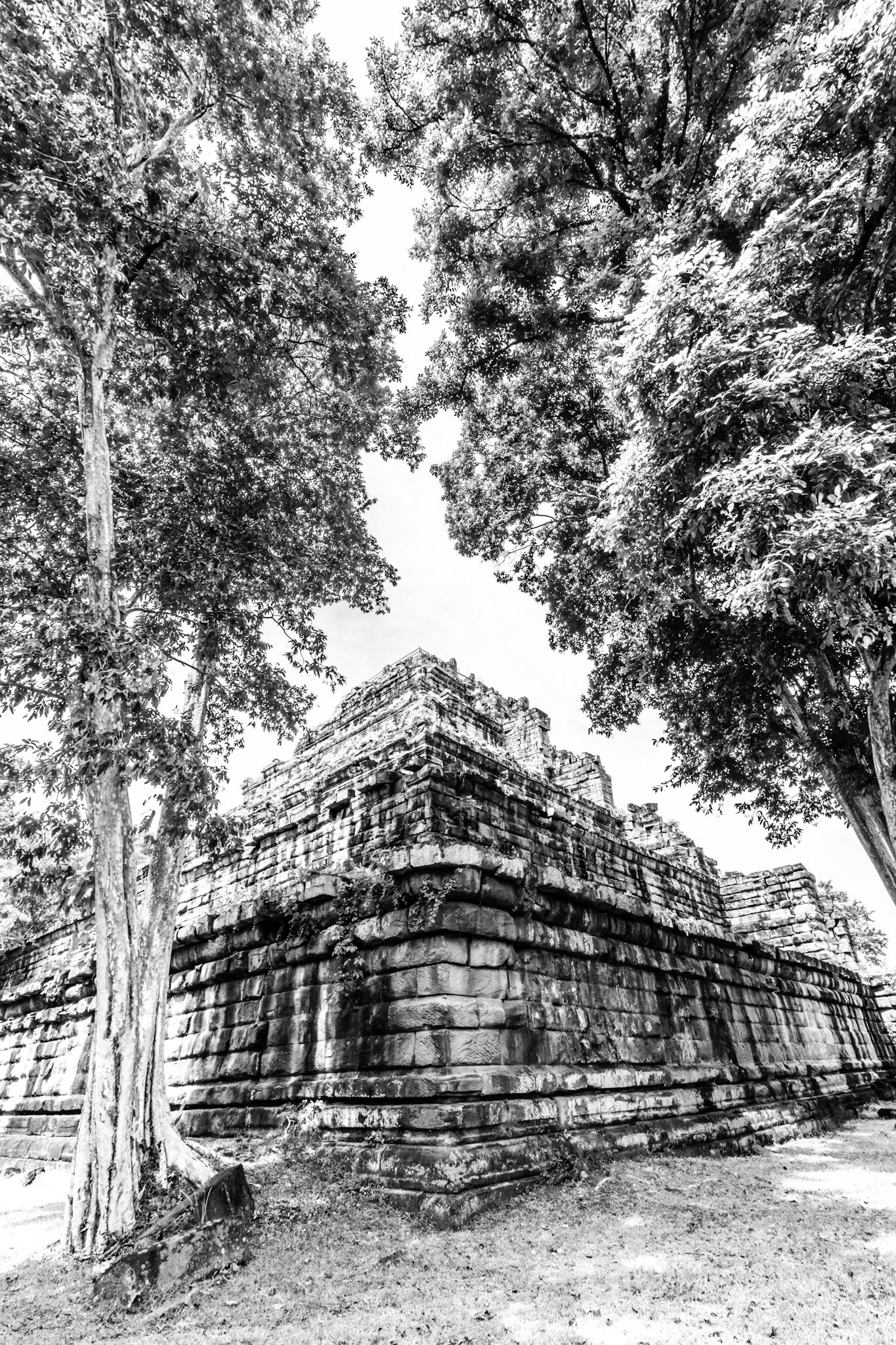
Thom Temple - ប្រាសាទ កោះកេរ
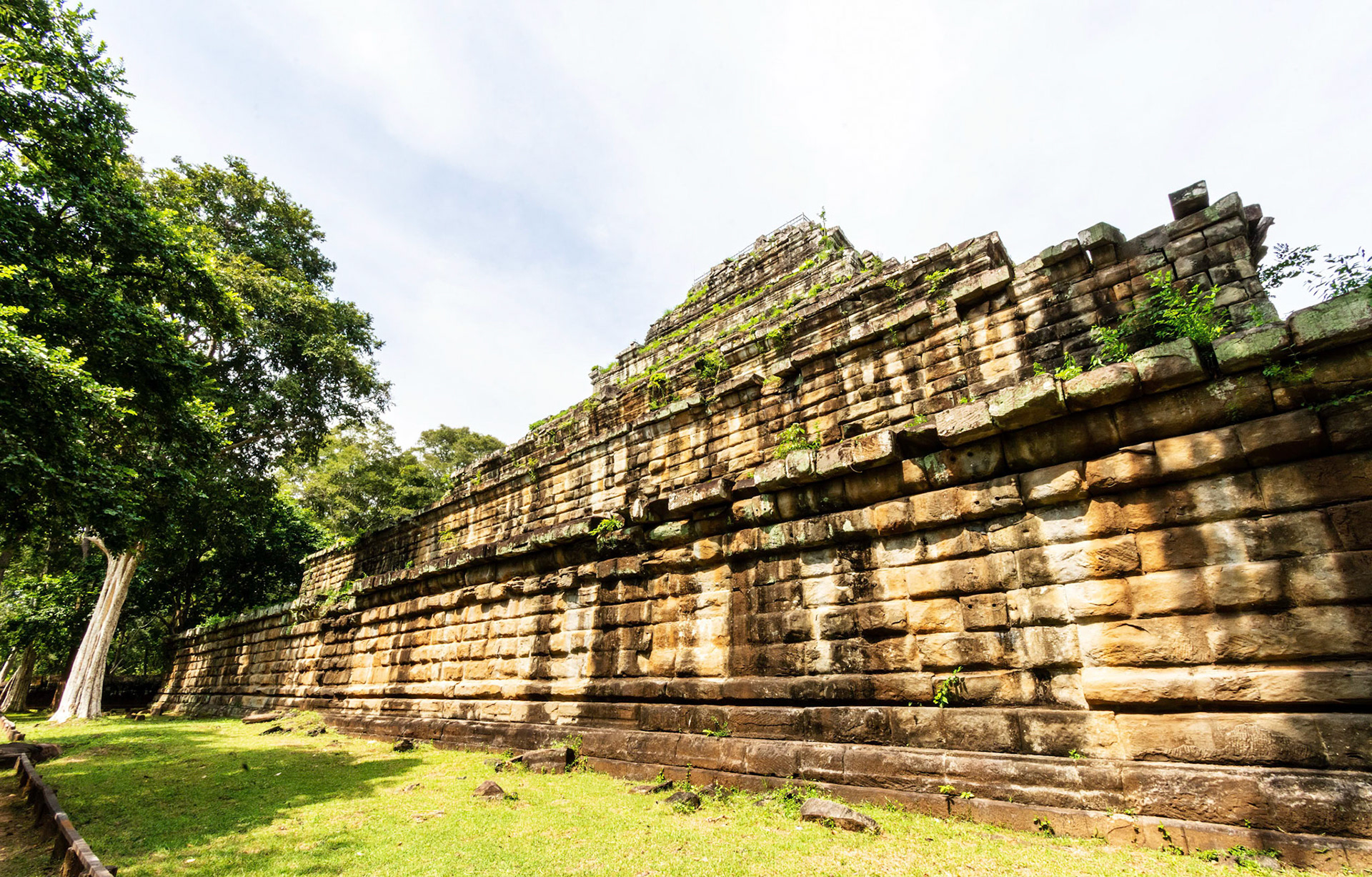
Thom Temple - ប្រាសាទ កោះកេរ

Thom Temple - ប្រាសាទ កោះកេរ
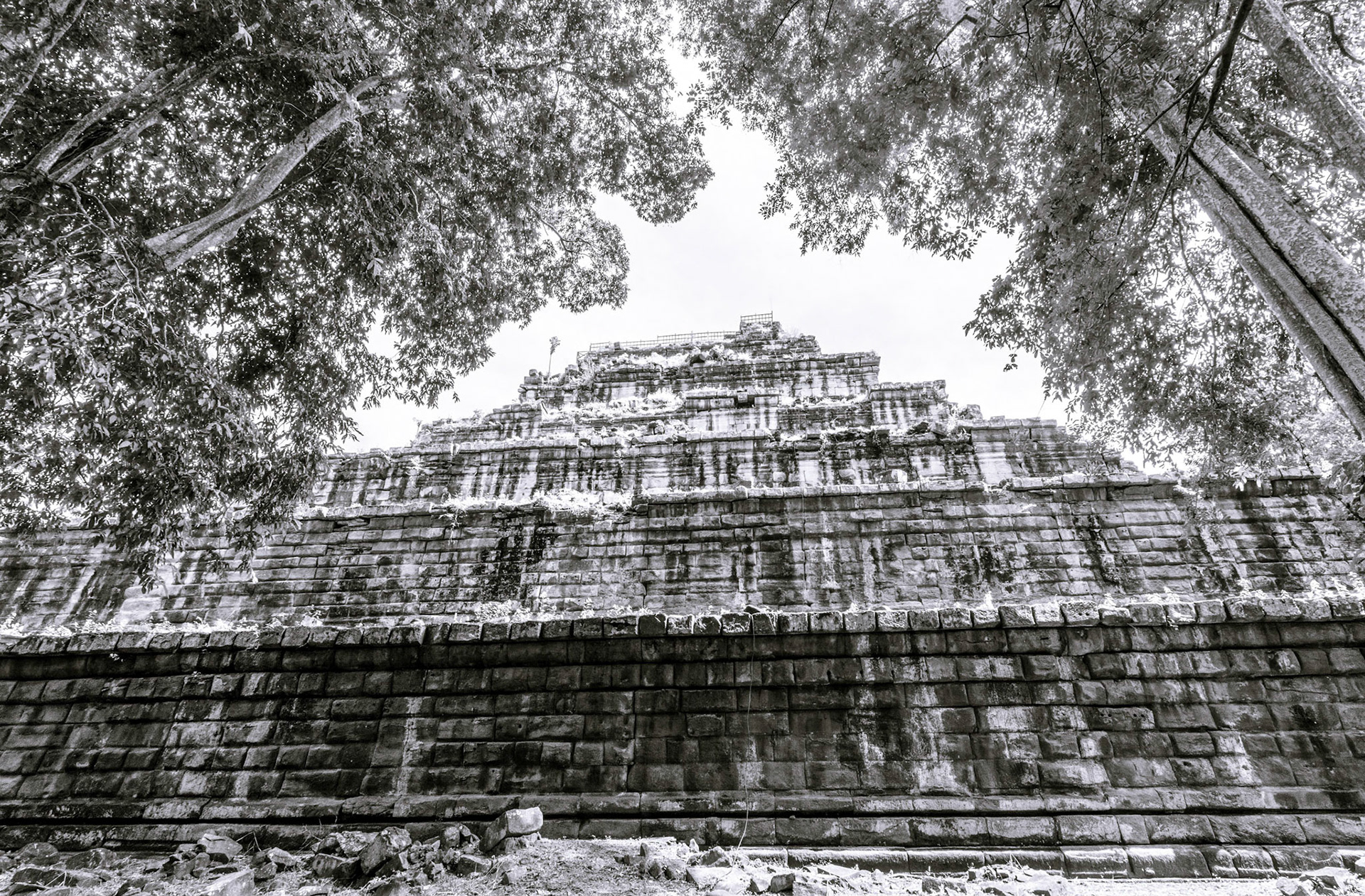
Thom Temple - ប្រាសាទ កោះកេរ
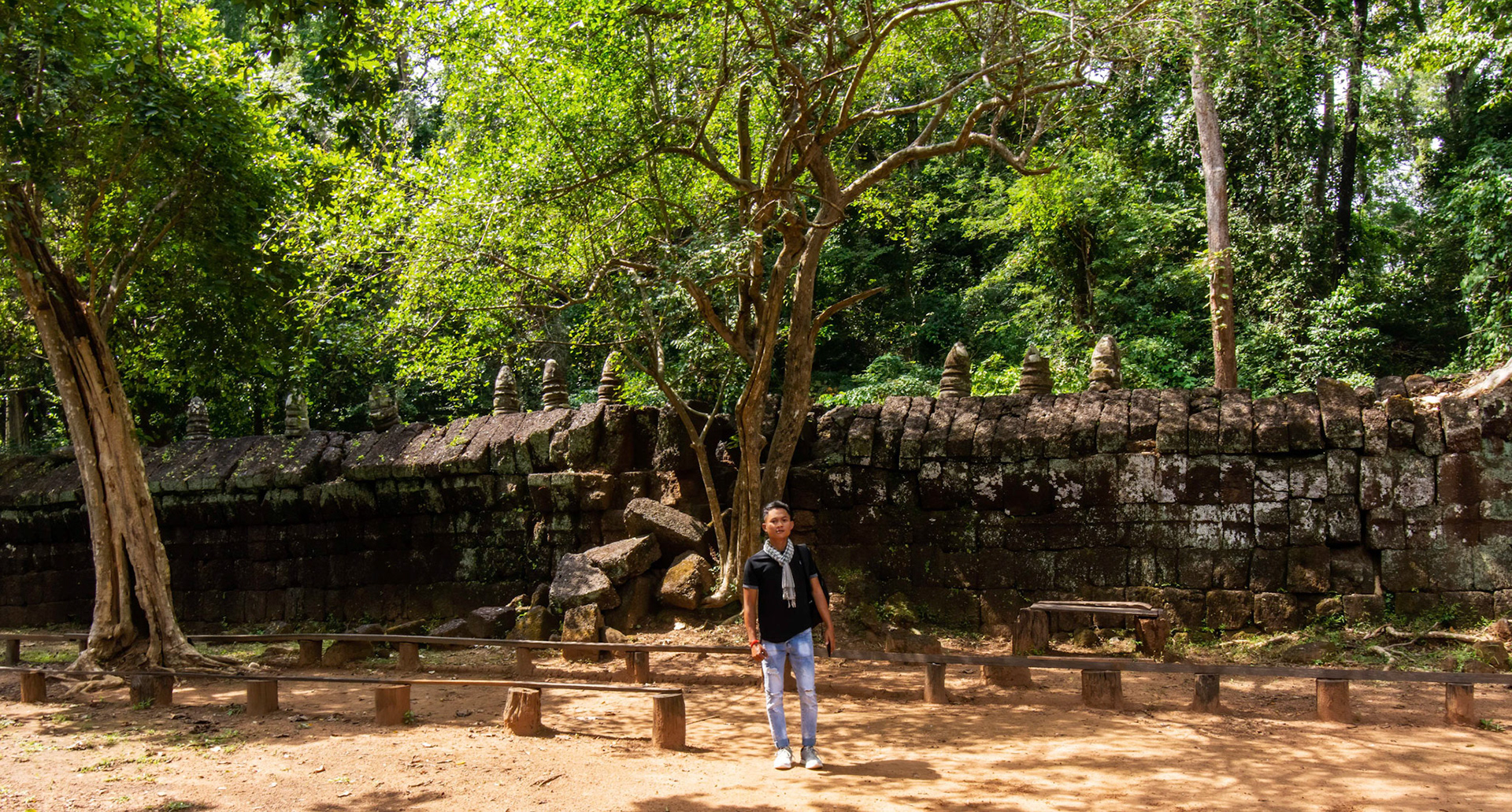
Thom Temple - ប្រាសាទ កោះកេរ

Thom Temple - ប្រាសាទ កោះកេរ

Thom Temple - ប្រាសាទ កោះកេរ

Thom Temple - ប្រាសាទ កោះកេរ
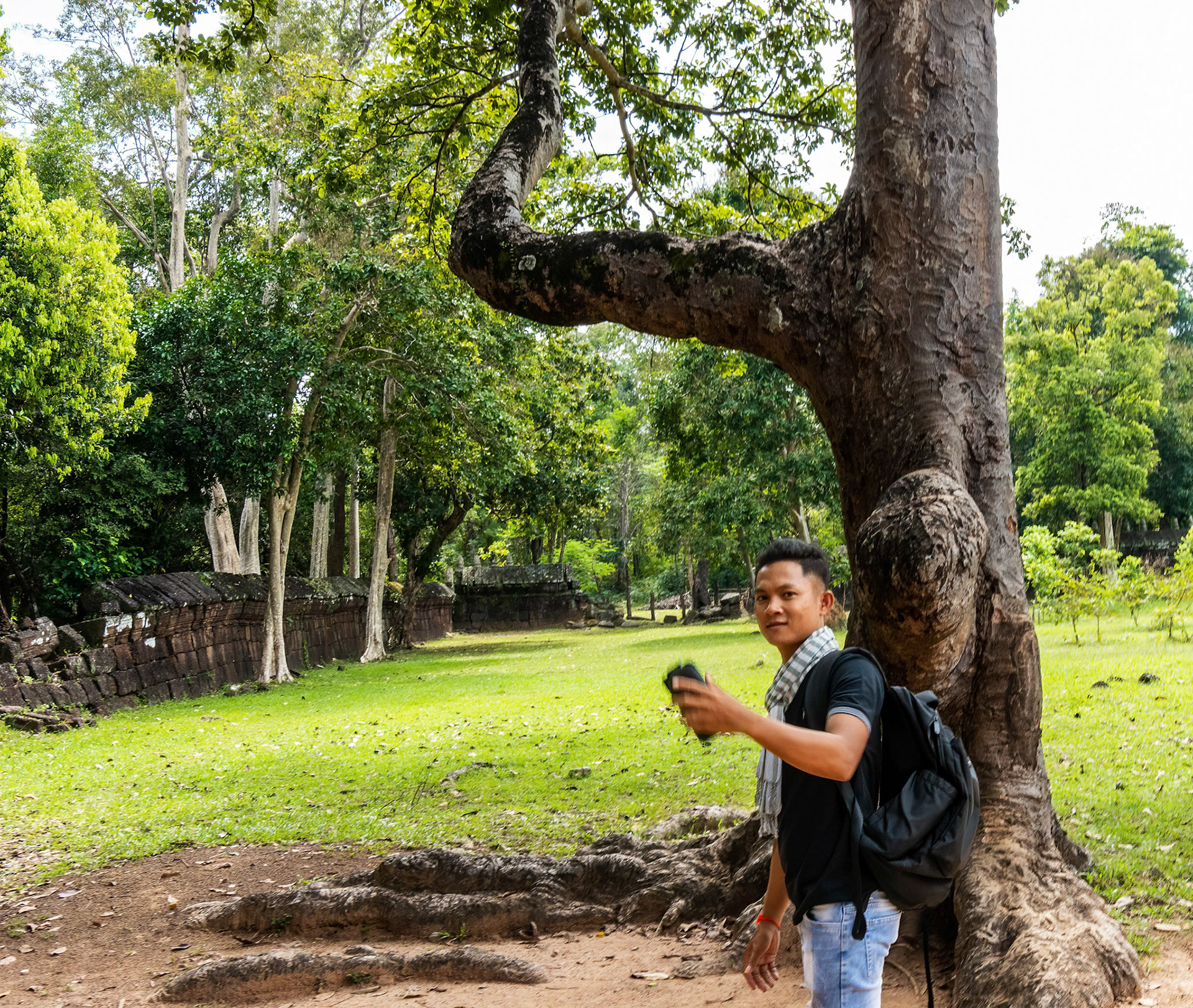
Thom Temple - ប្រាសាទ កោះកេរ
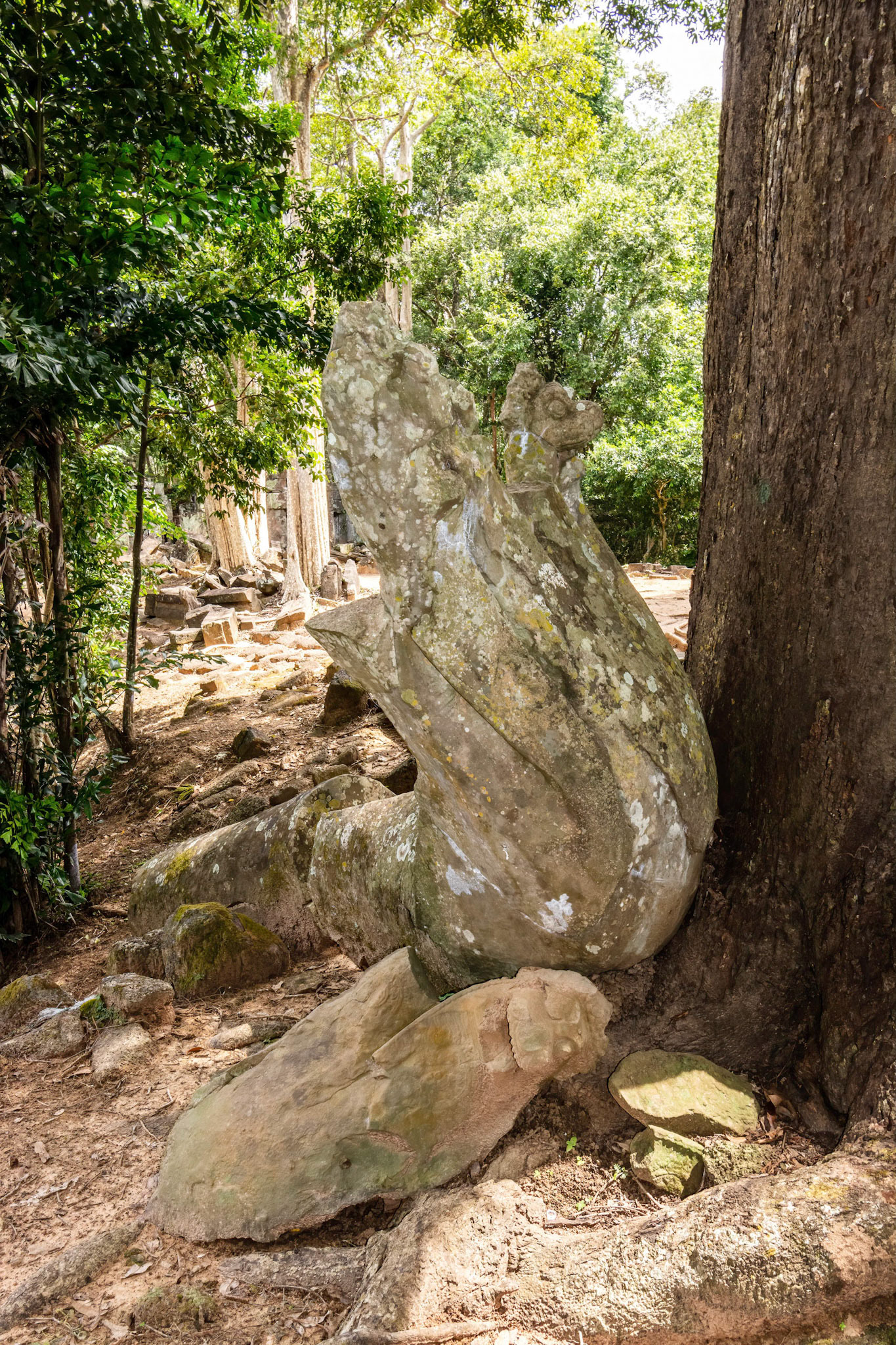
Thom Temple - ប្រាសាទ កោះកេរ
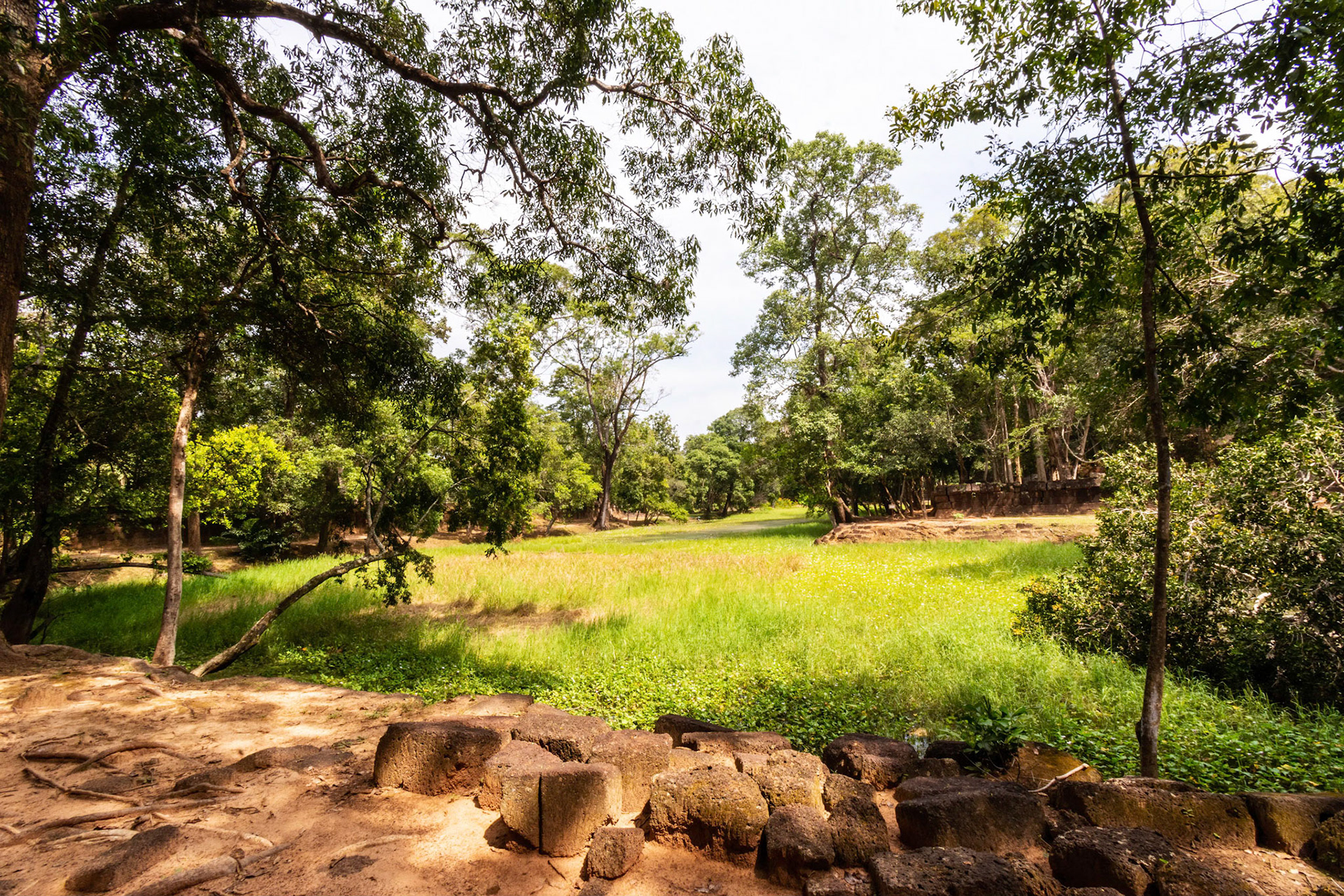
Thom Temple - ប្រាសាទ កោះកេរ
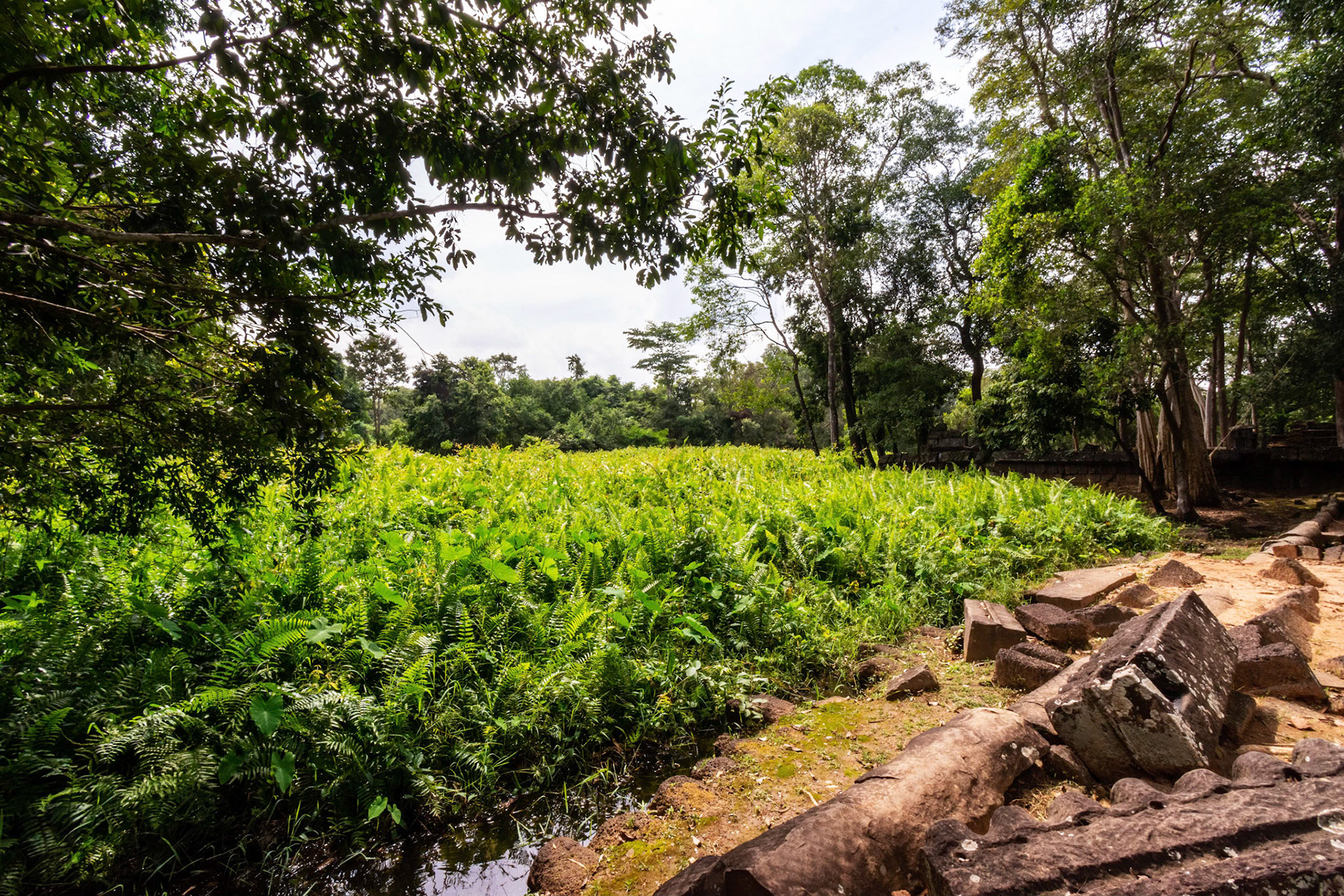
Thom Temple - ប្រាសាទ កោះកេរ
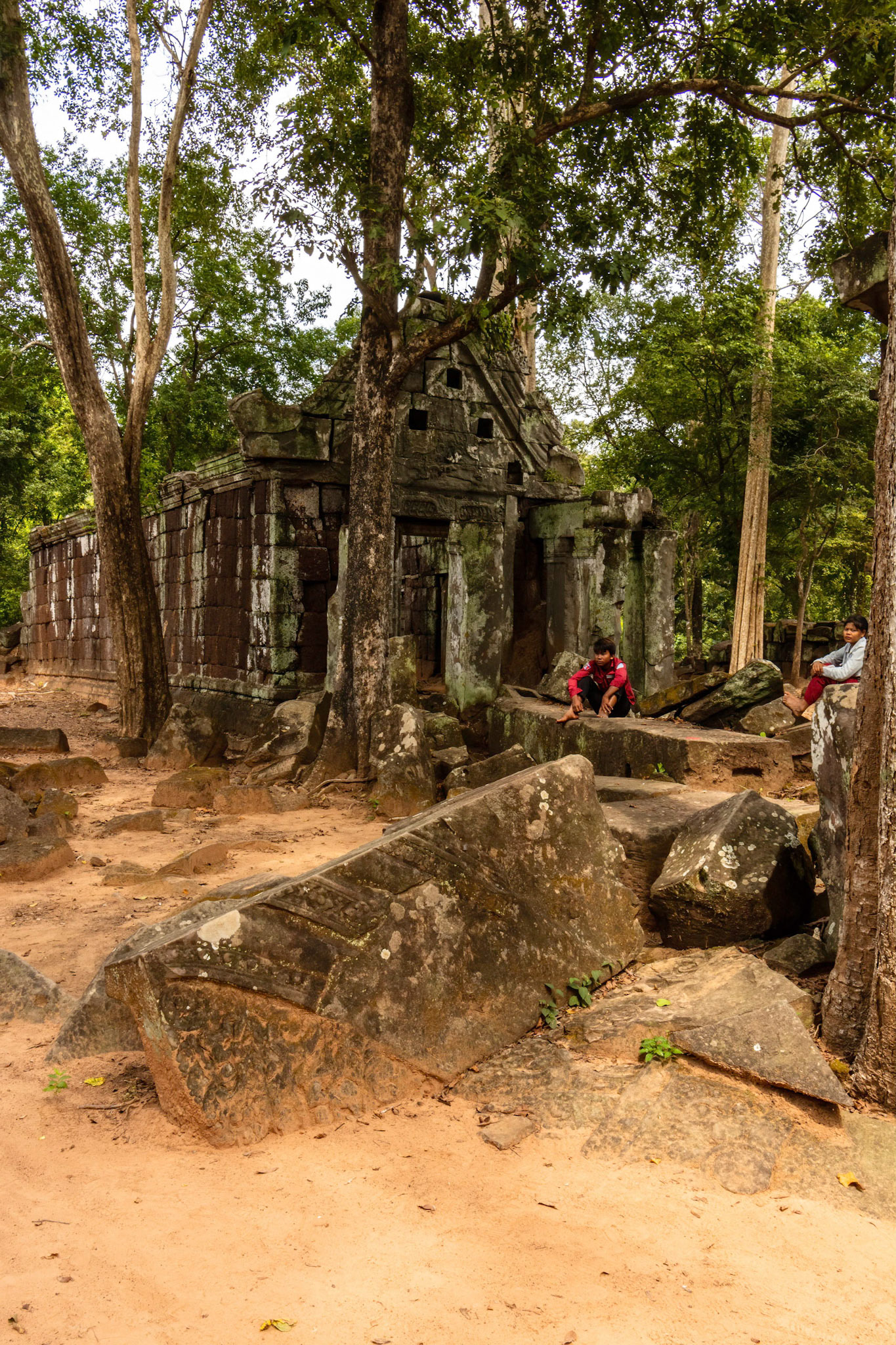
Pram Temple - ប្រាសាទ ប្រាំ
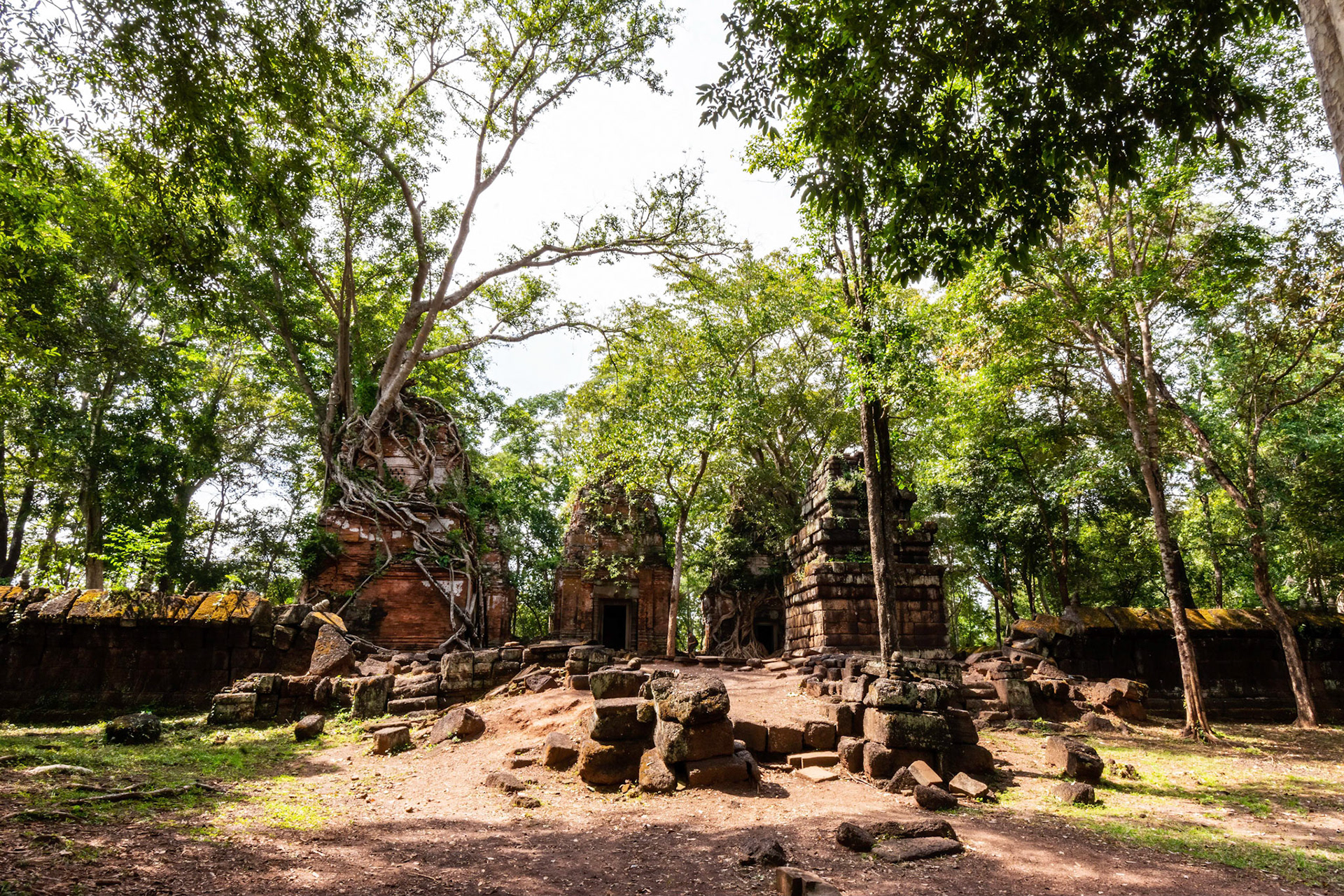
Pram Temple - ប្រាសាទ ប្រាំ
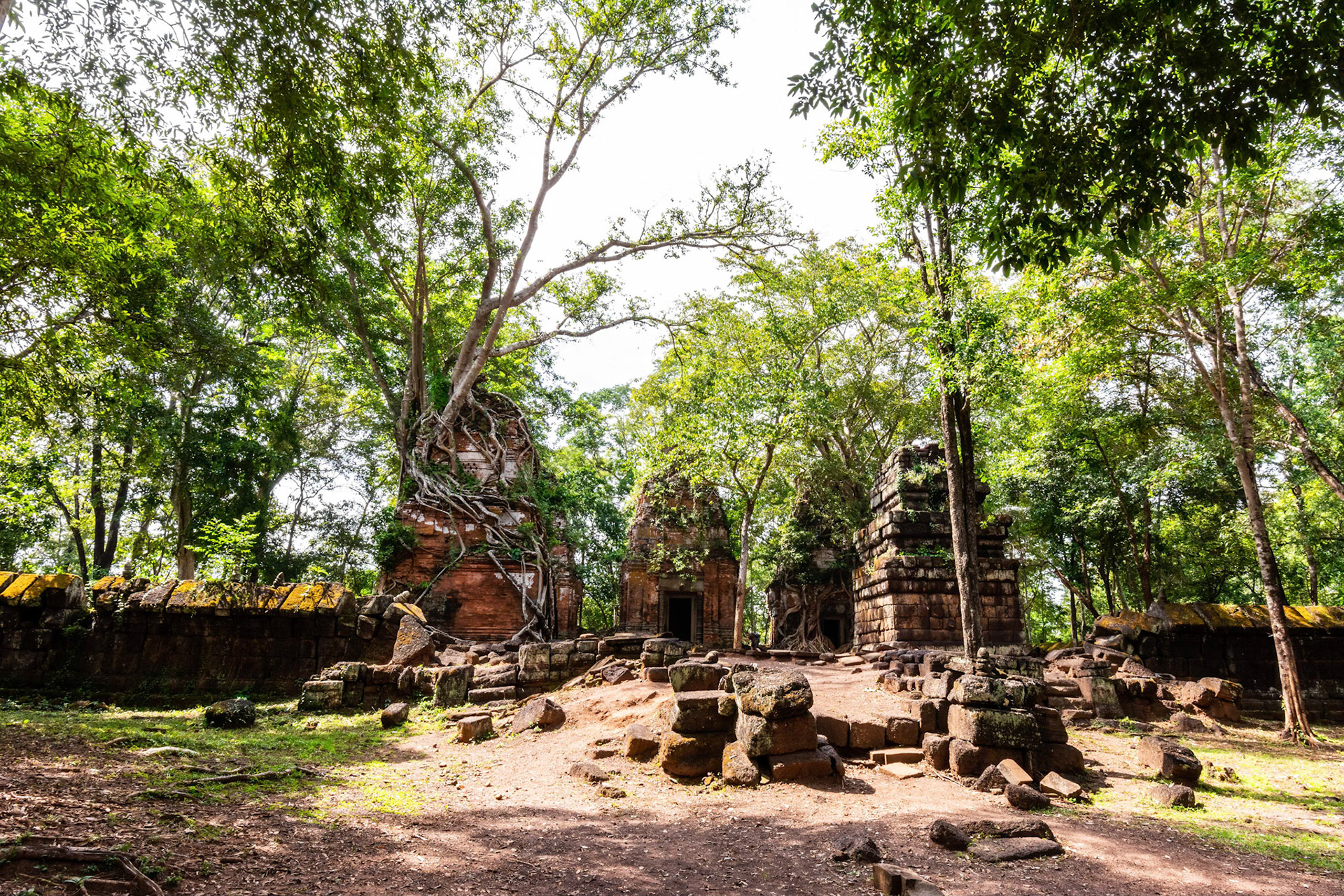
Pram Temple - ប្រាសាទ ប្រាំ

Pram Temple - ប្រាសាទ ប្រាំ
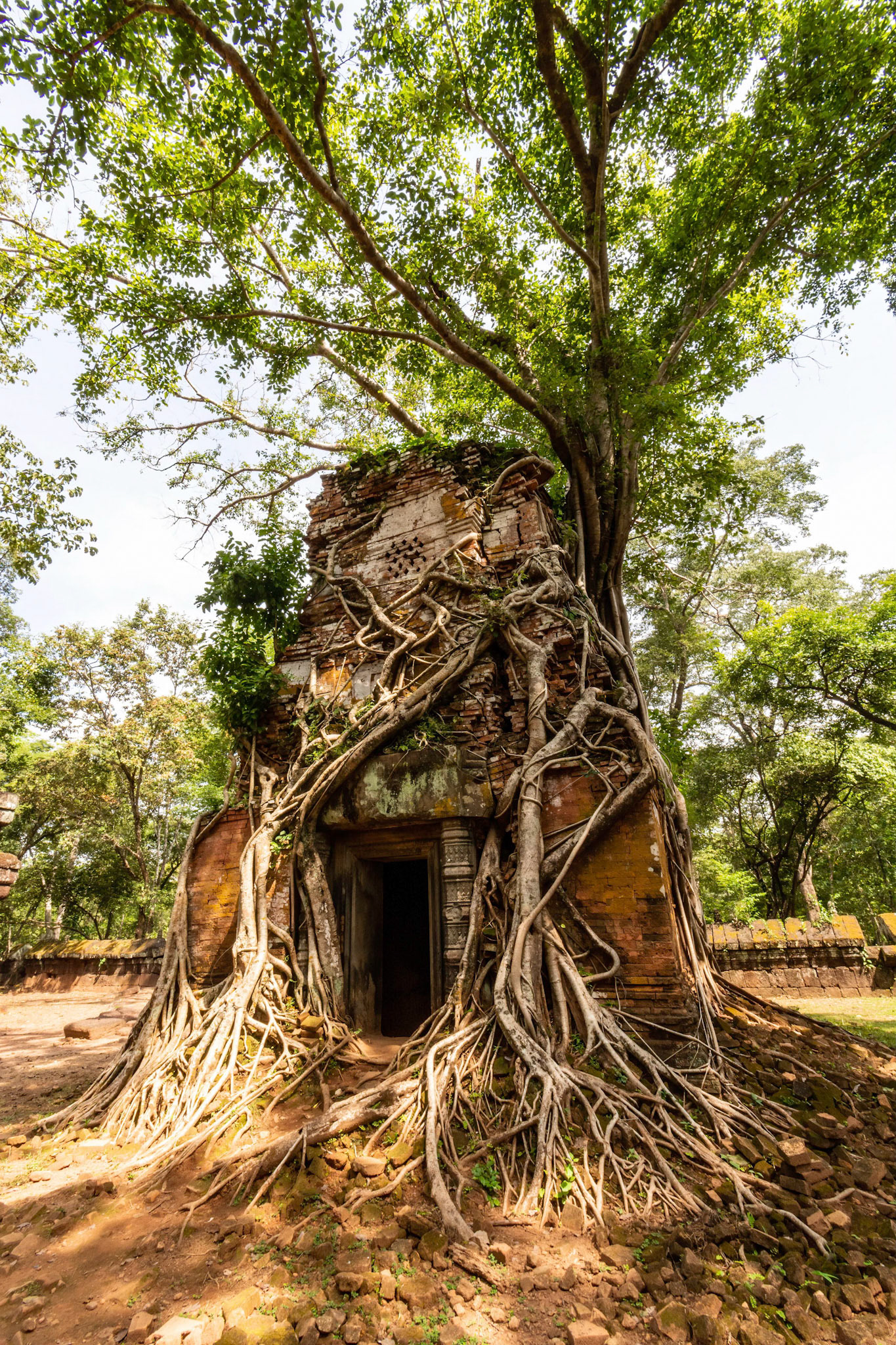
Pram Temple - ប្រាសាទ ប្រាំ
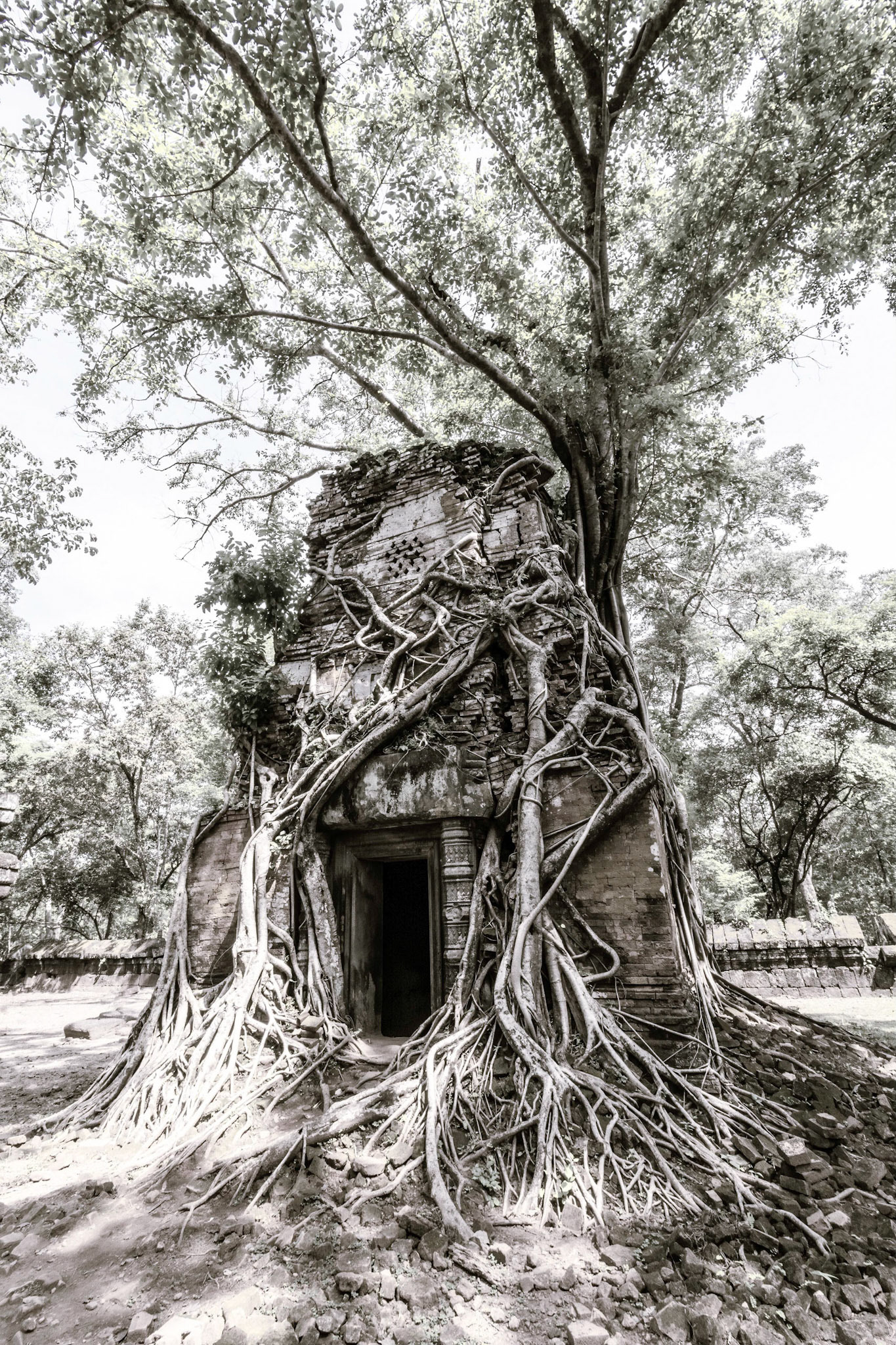
Pram Temple - ប្រាសាទ ប្រាំ

Pram Temple - ប្រាសាទ ប្រាំ

Pram Temple - ប្រាសាទ ប្រាំ
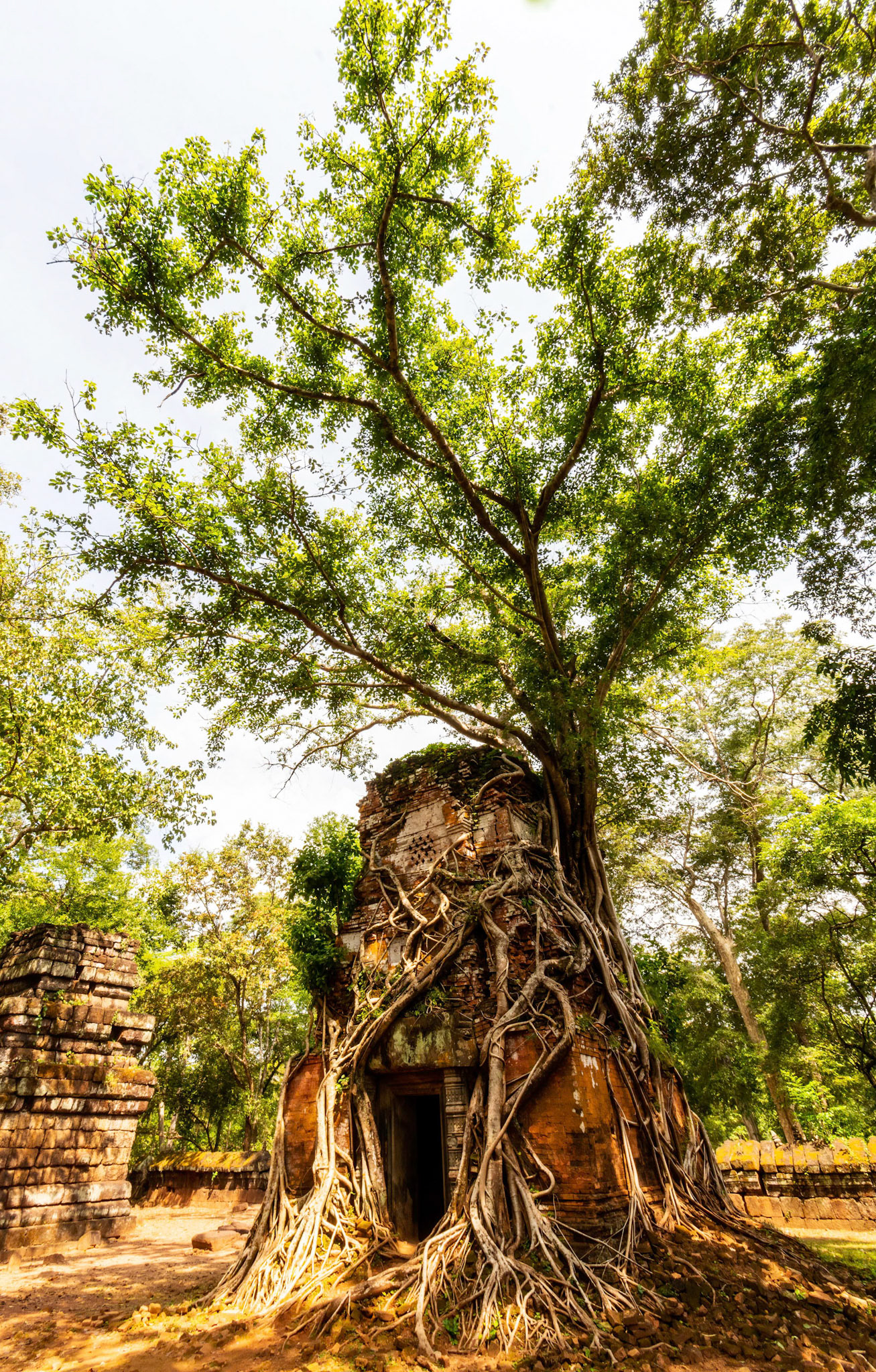
Pram Temple - ប្រាសាទ ប្រាំ
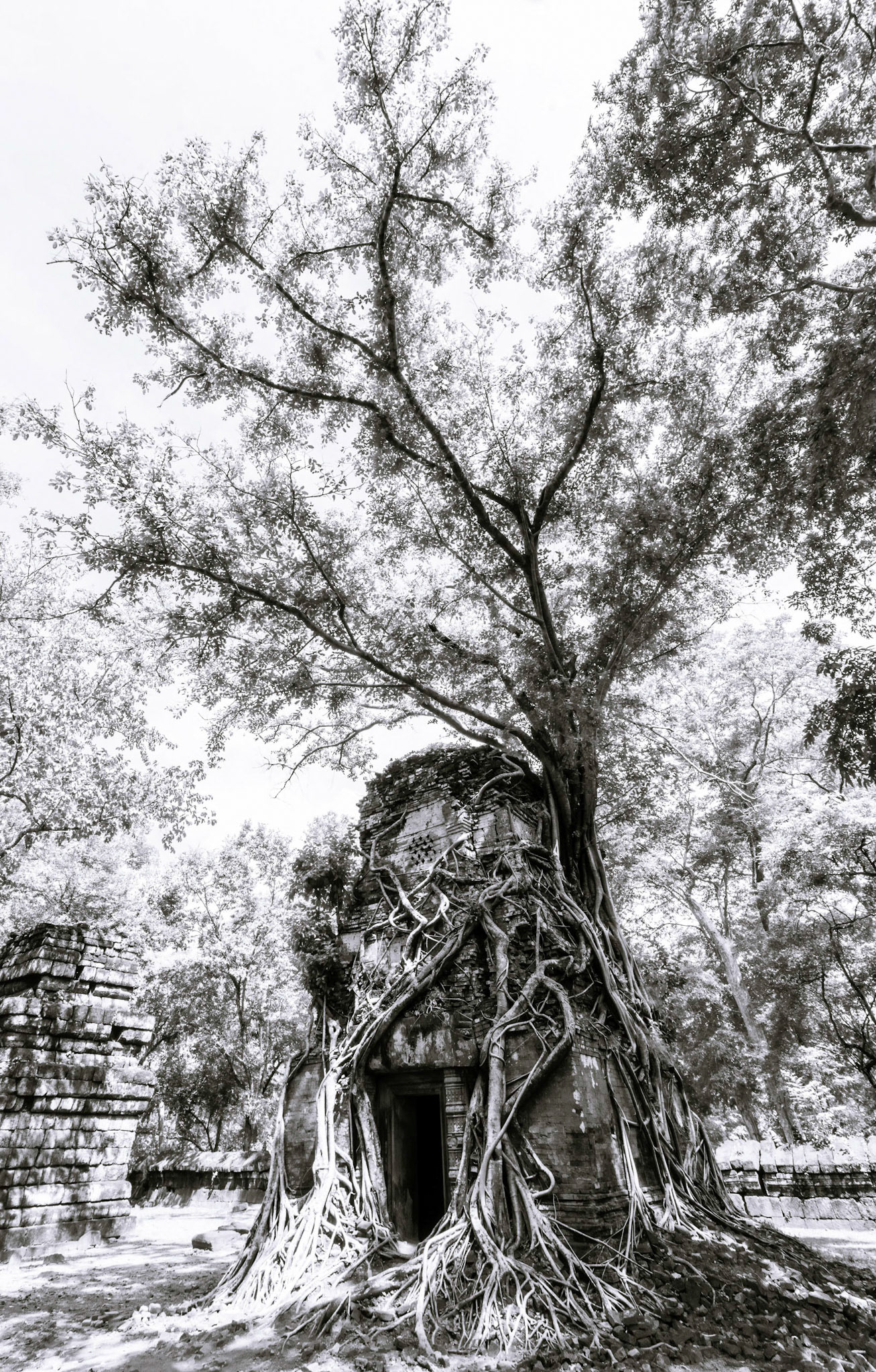
Pram Temple - ប្រាសាទ ប្រាំ
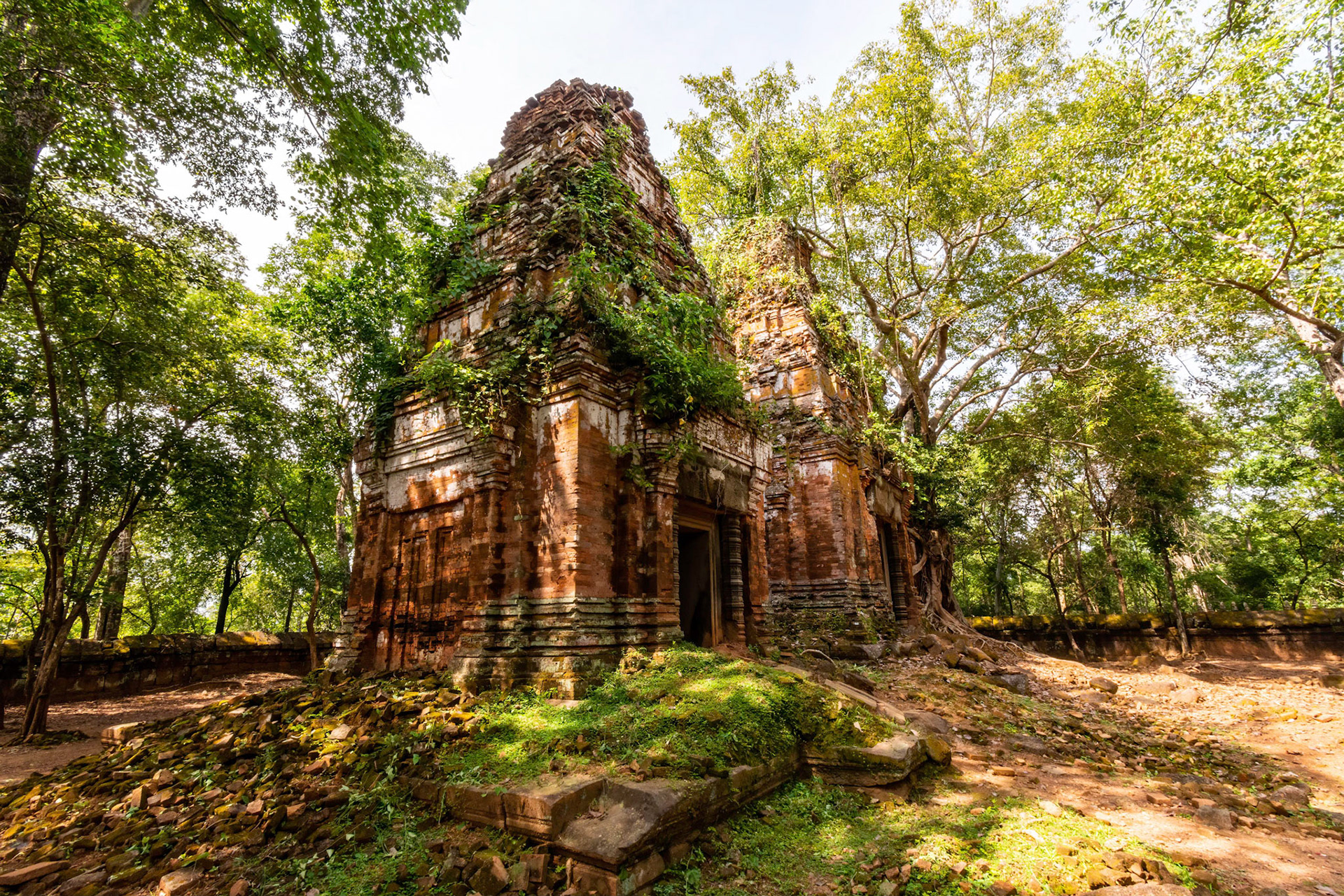
Pram Temple - ប្រាសាទ ប្រាំ

Pram Temple - ប្រាសាទ ប្រាំ
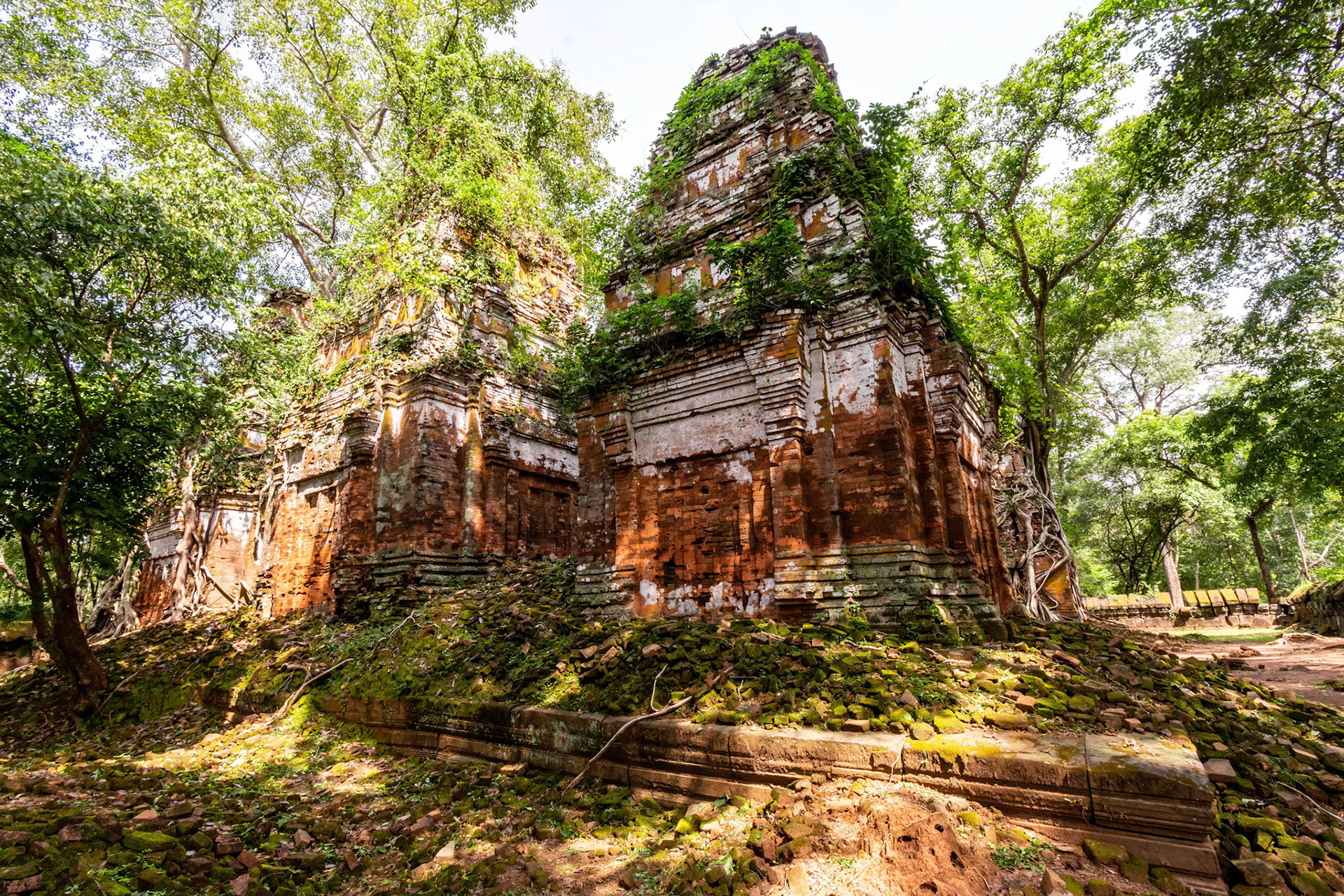
Pram Temple - ប្រាសាទ ប្រាំ

Pram Temple - ប្រាសាទ ប្រាំ
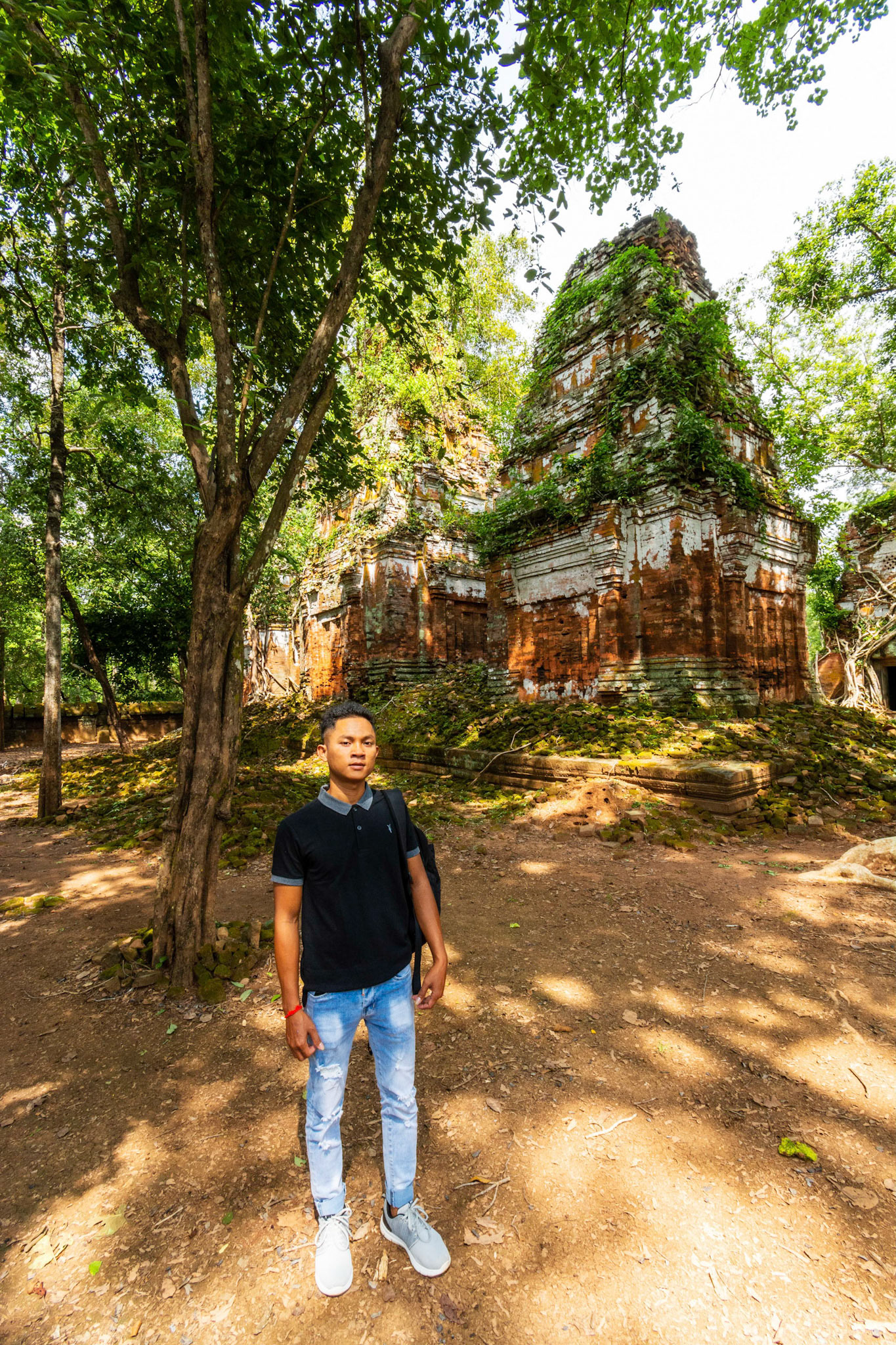
Pram Temple - ប្រាសាទ ប្រាំ
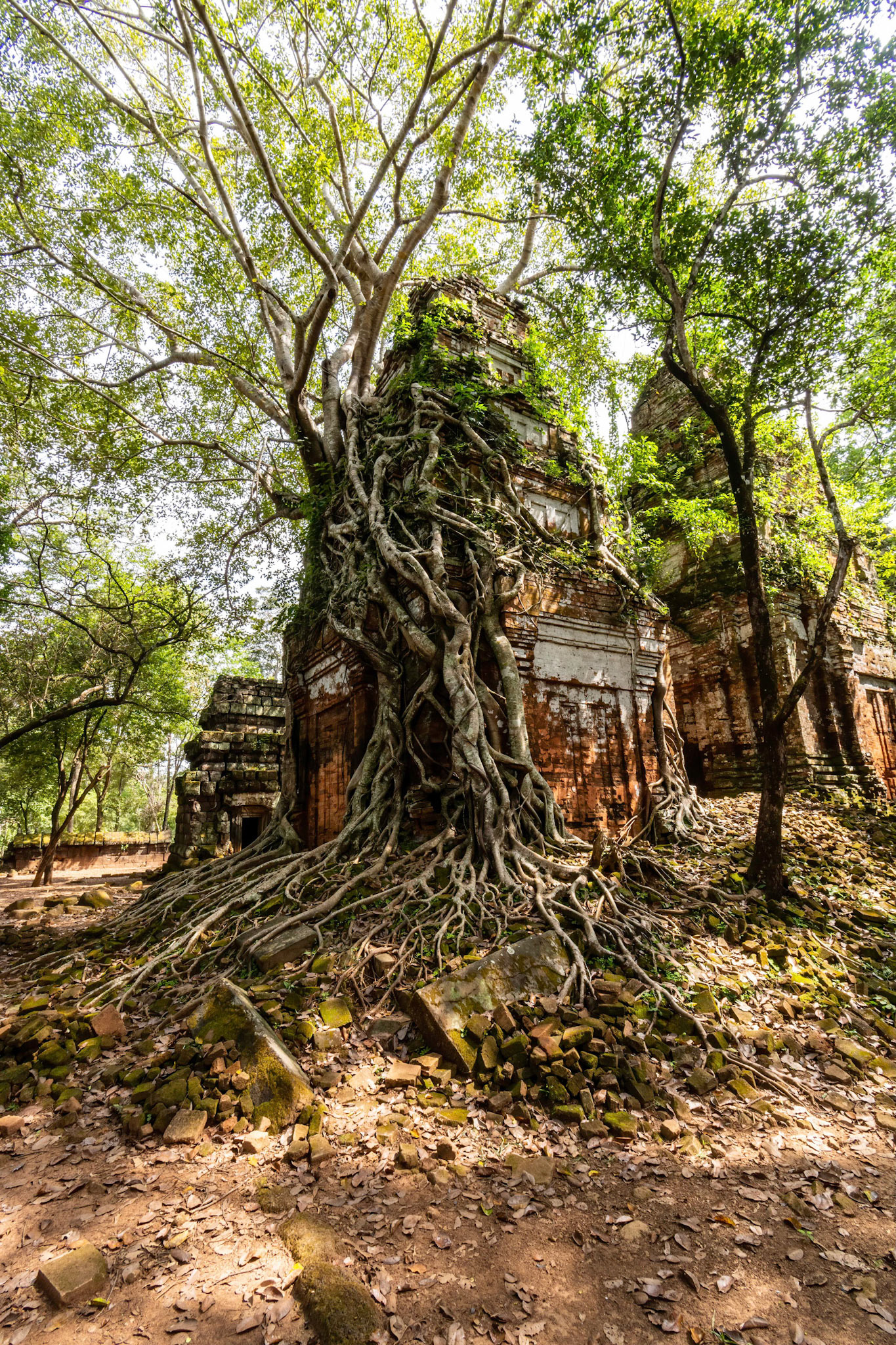
Pram Temple - ប្រាសាទ ប្រាំ

Pram Temple - ប្រាសាទ ប្រាំ

Pram Temple - ប្រាសាទ ប្រាំ
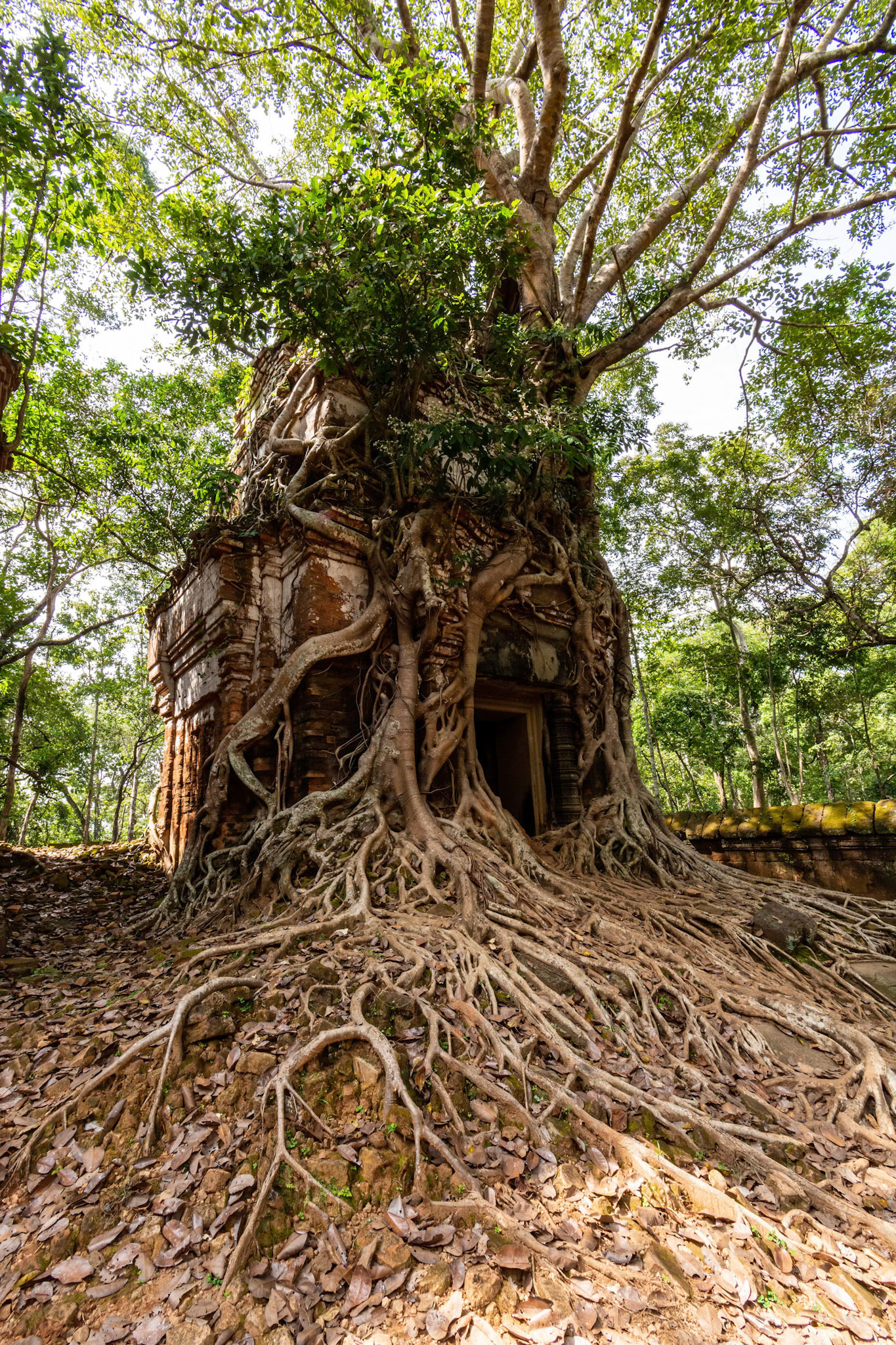
Pram Temple - ប្រាសាទ ប្រាំ
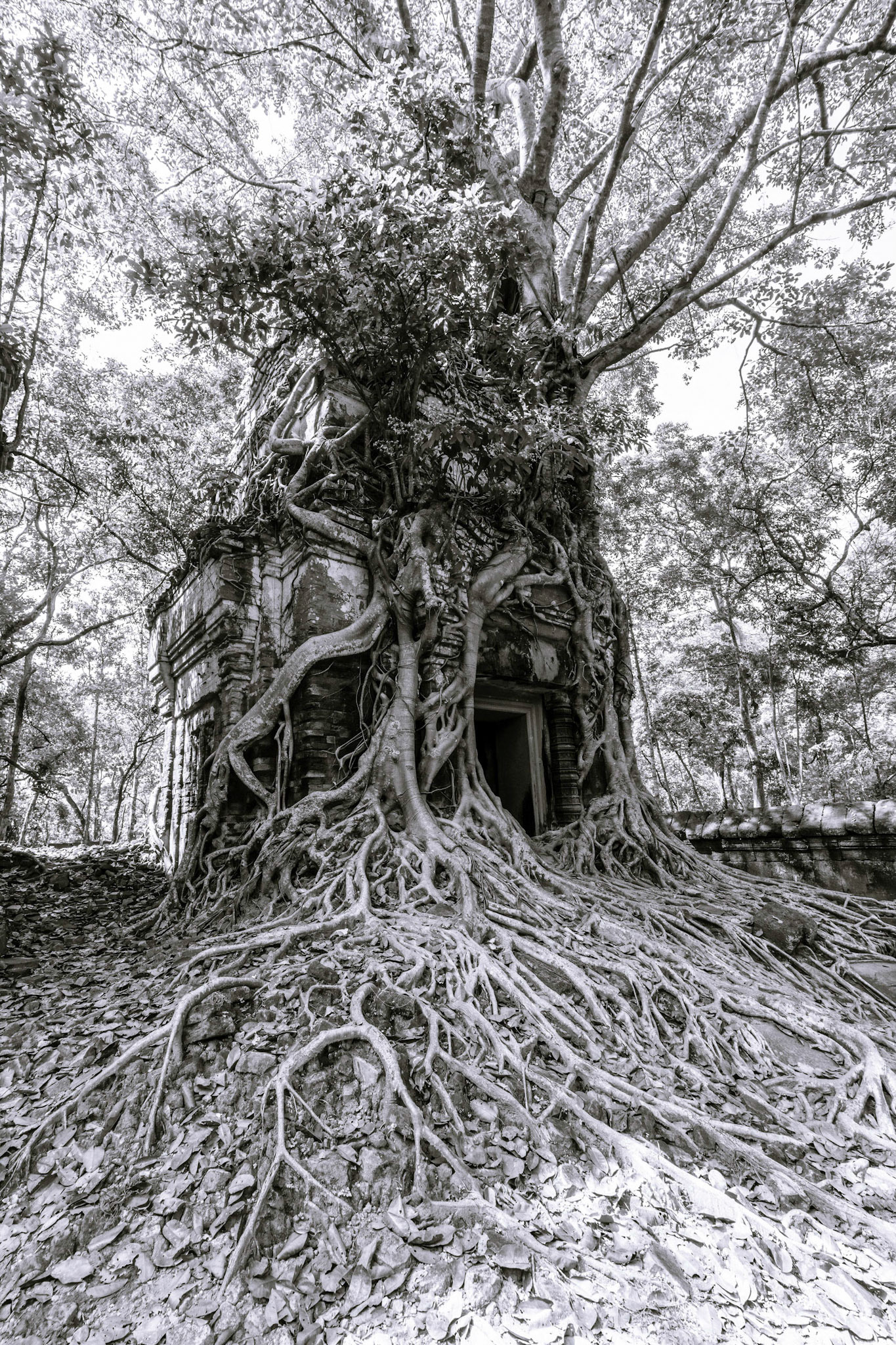
Pram Temple - ប្រាសាទ ប្រាំ
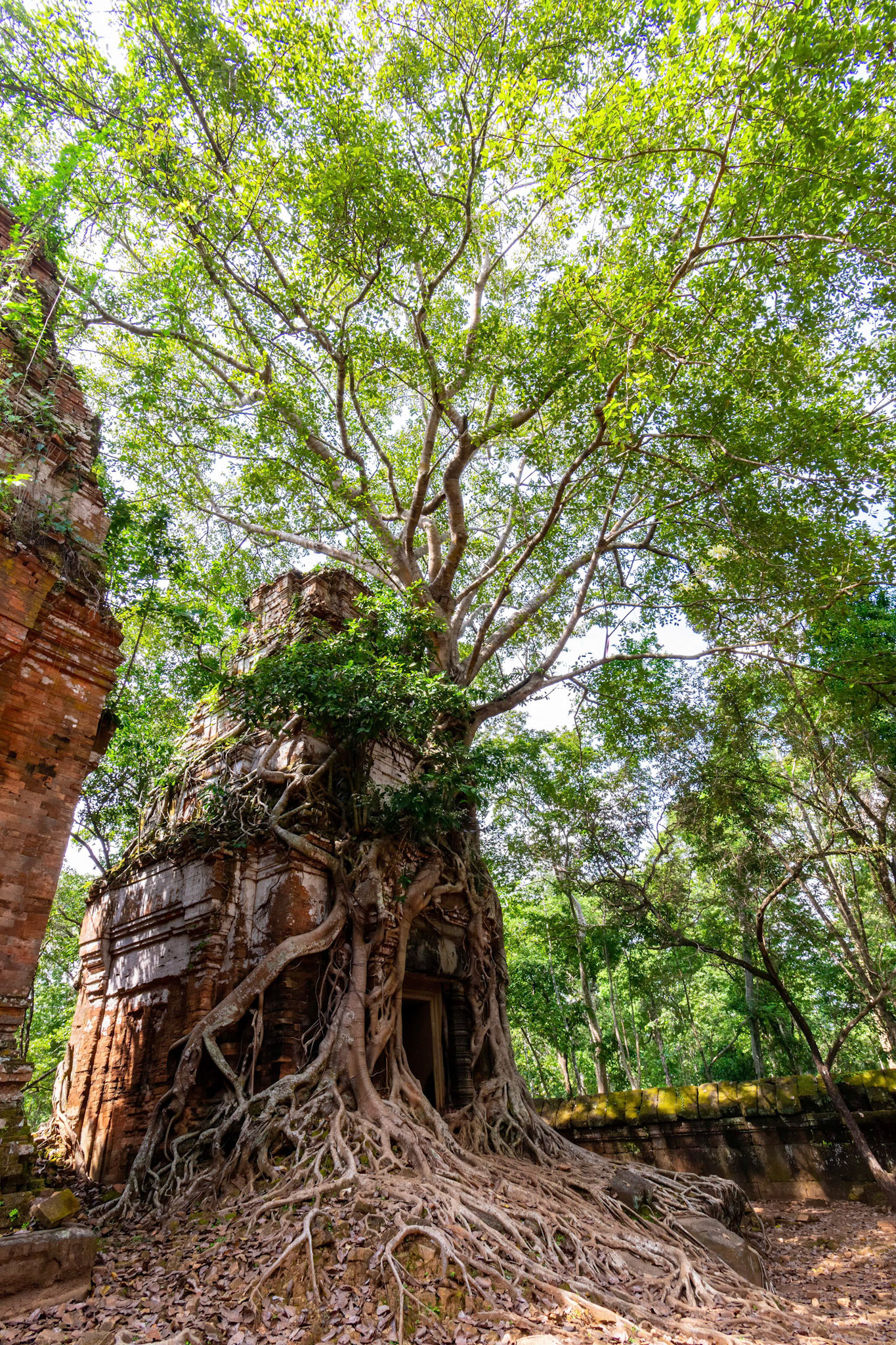
Pram Temple - ប្រាសាទ ប្រាំ
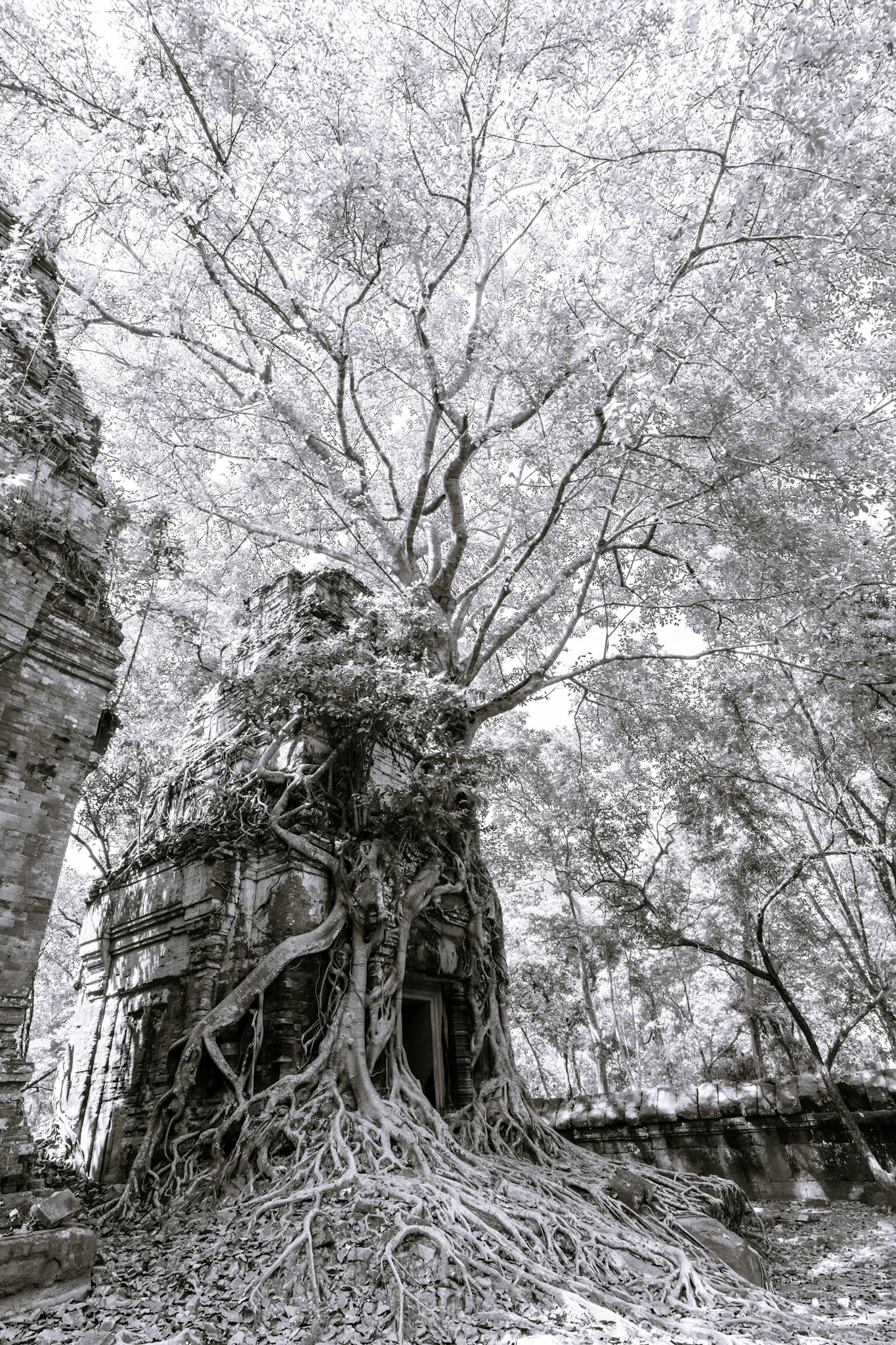
Pram Temple - ប្រាសាទ ប្រាំ
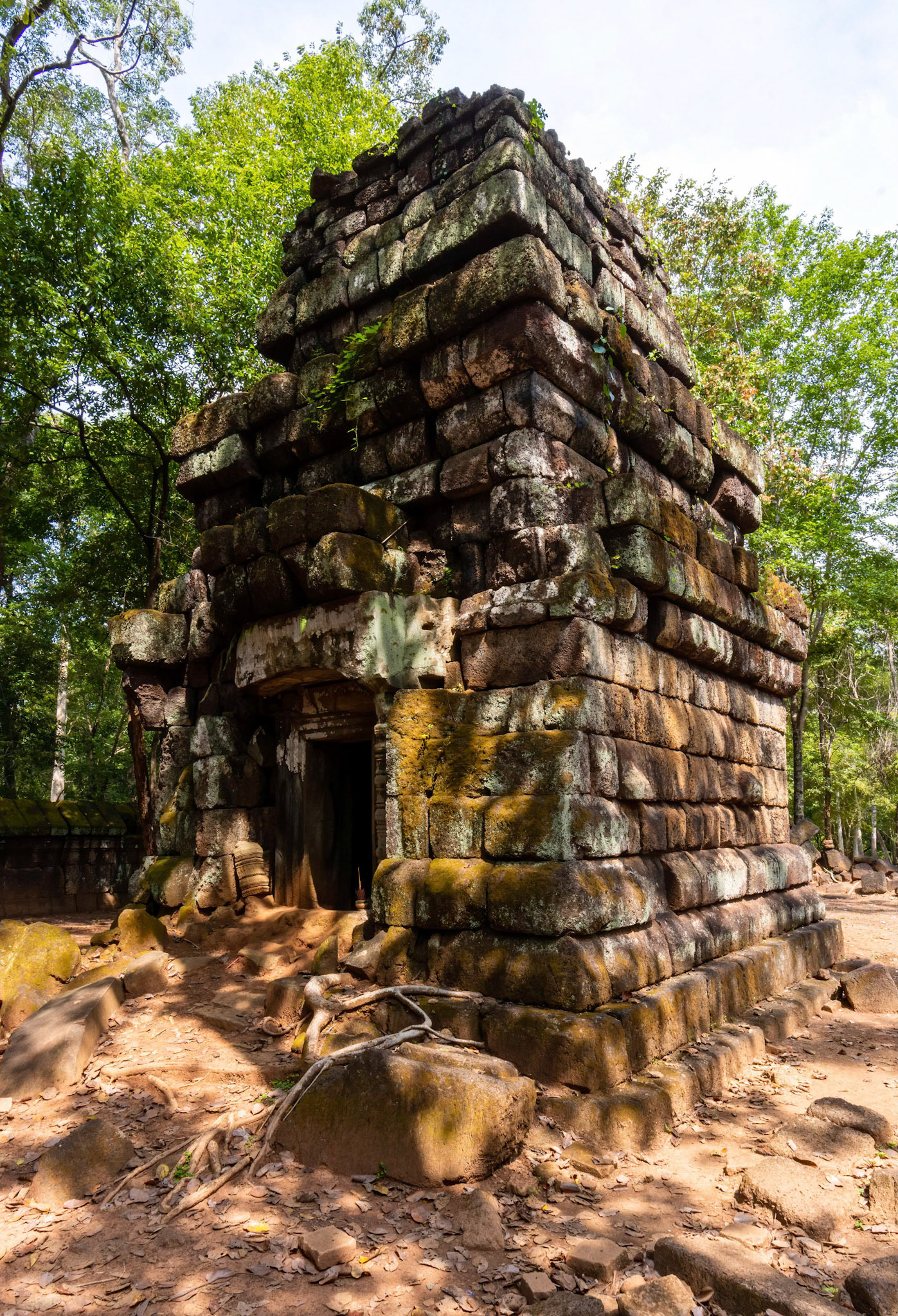
Pram Temple - ប្រាសាទ ប្រាំ
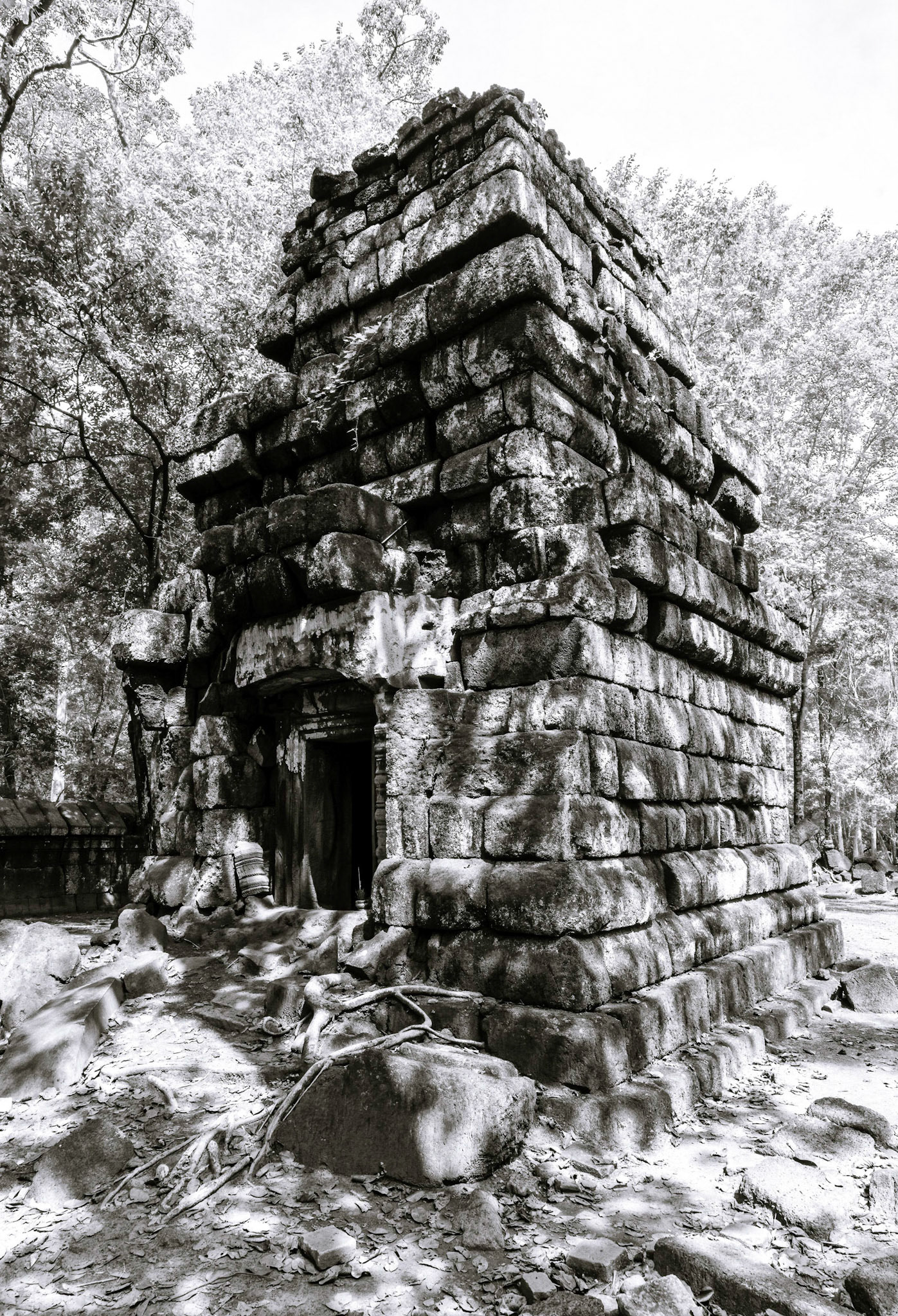
Pram Temple - ប្រាសាទ ប្រាំ
